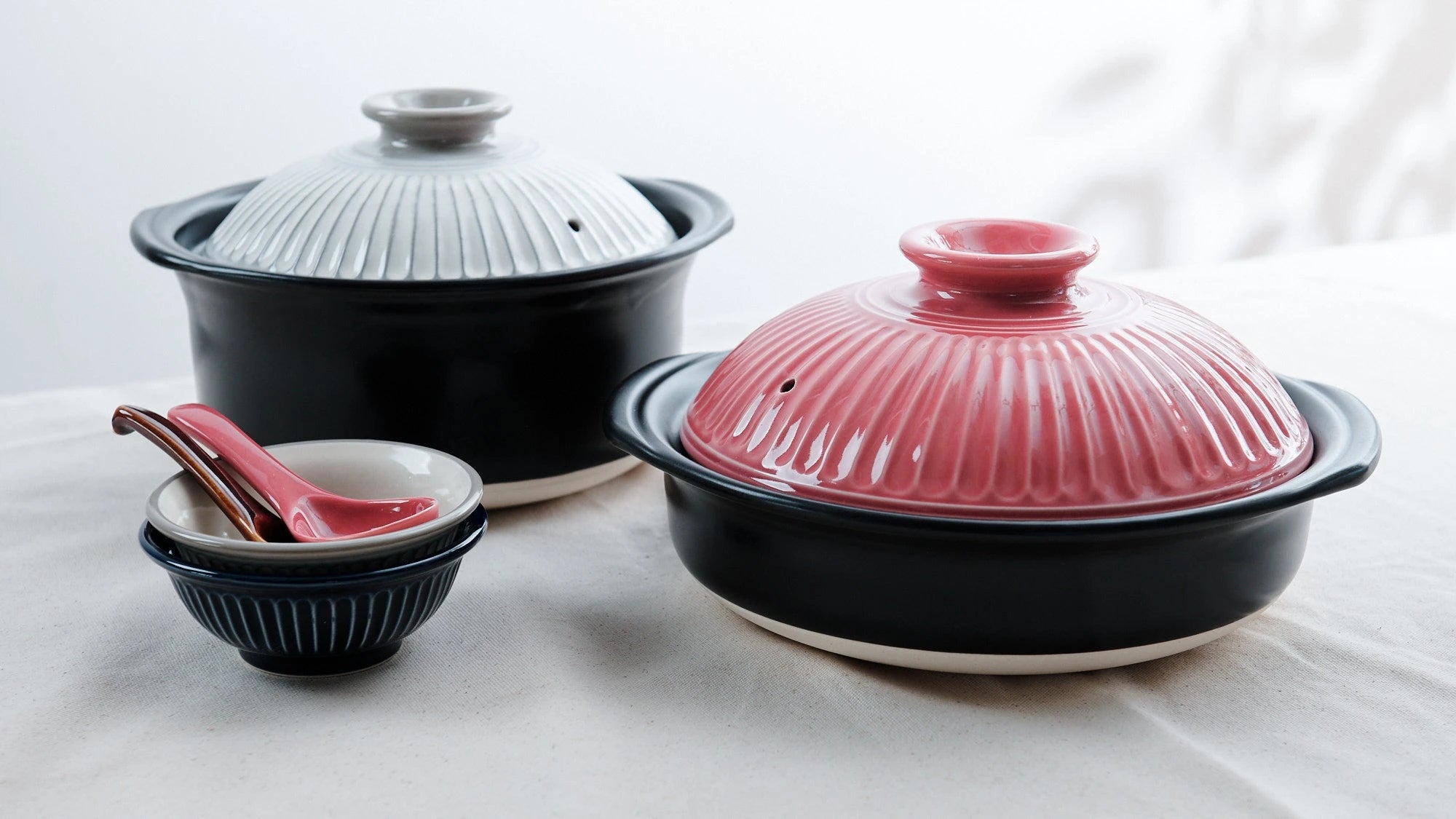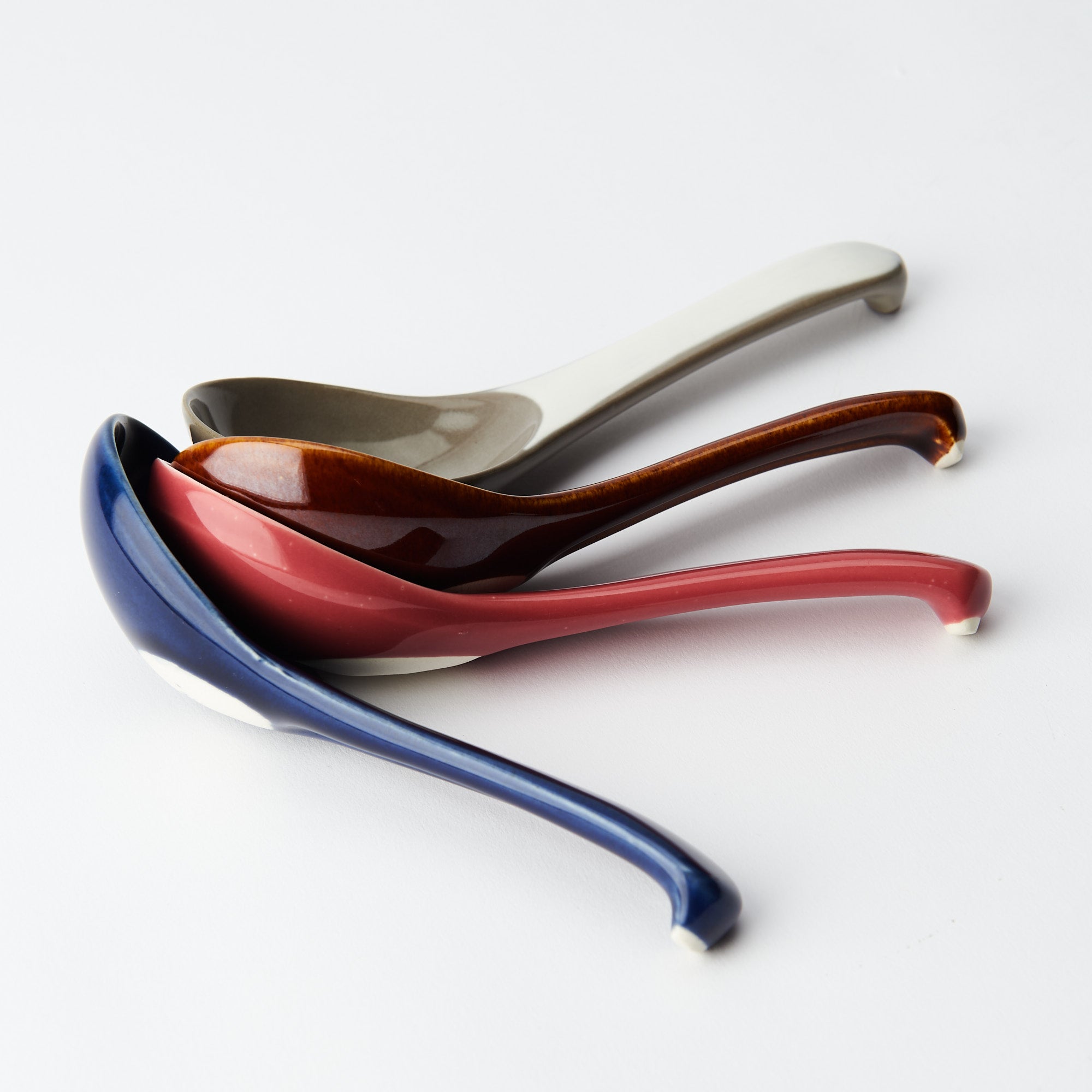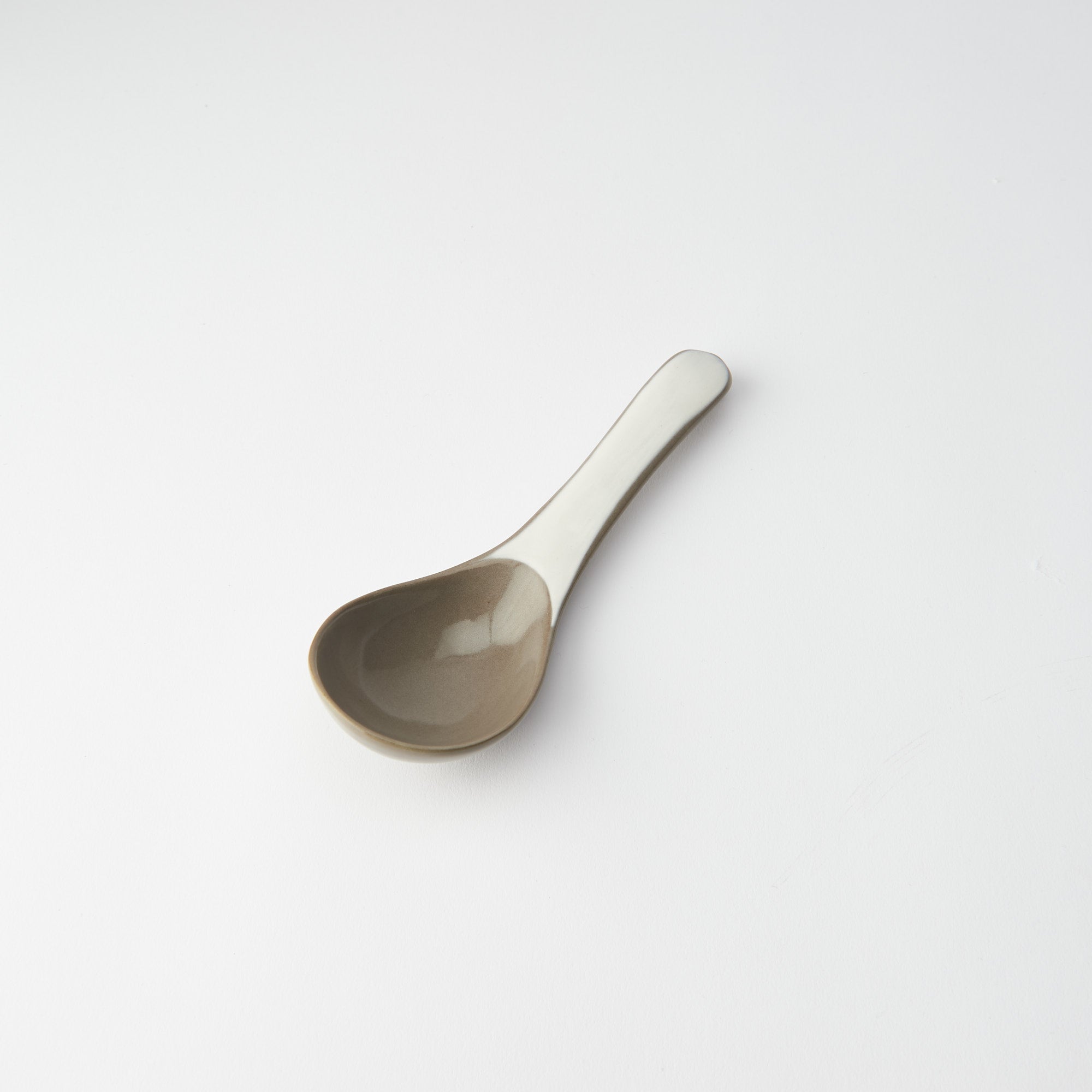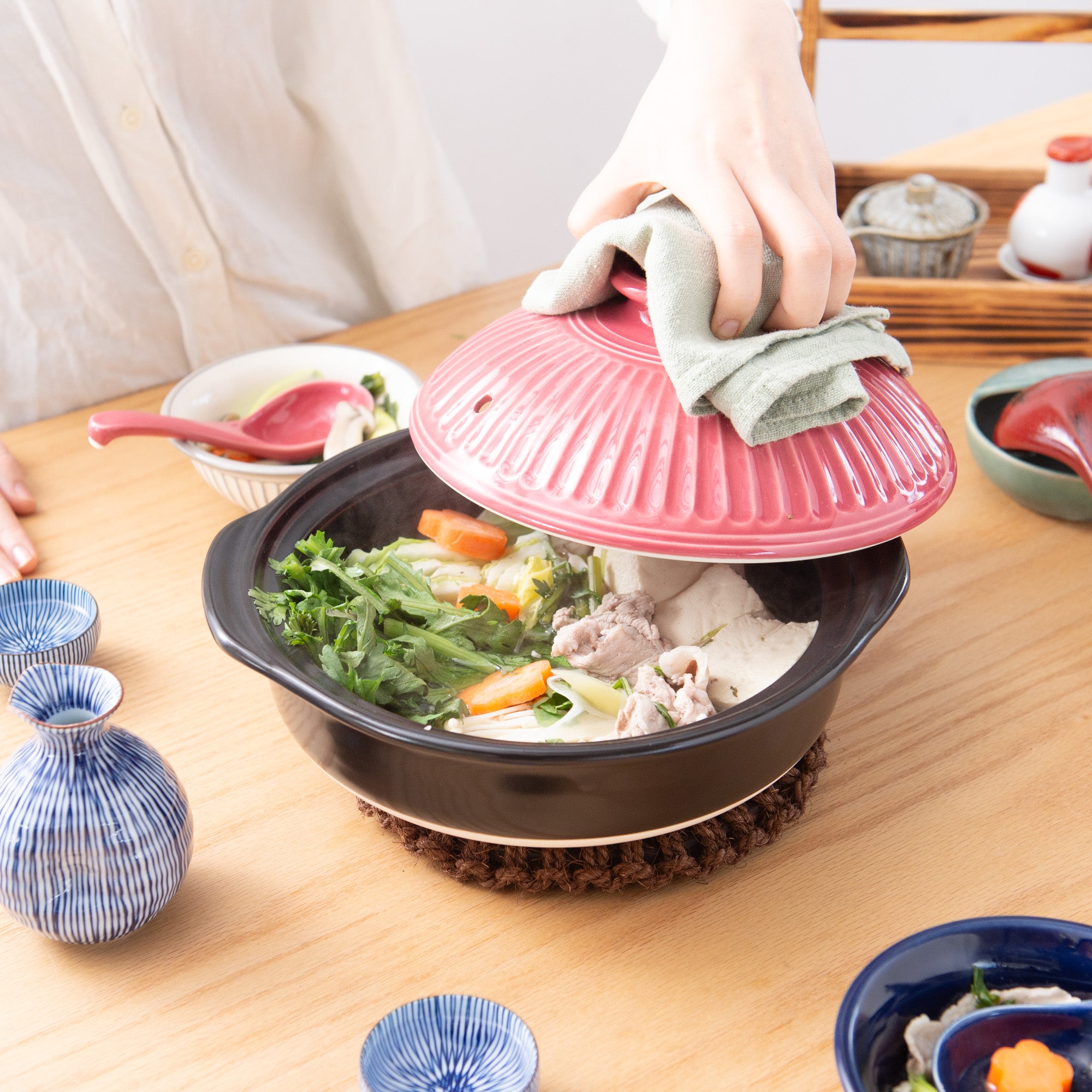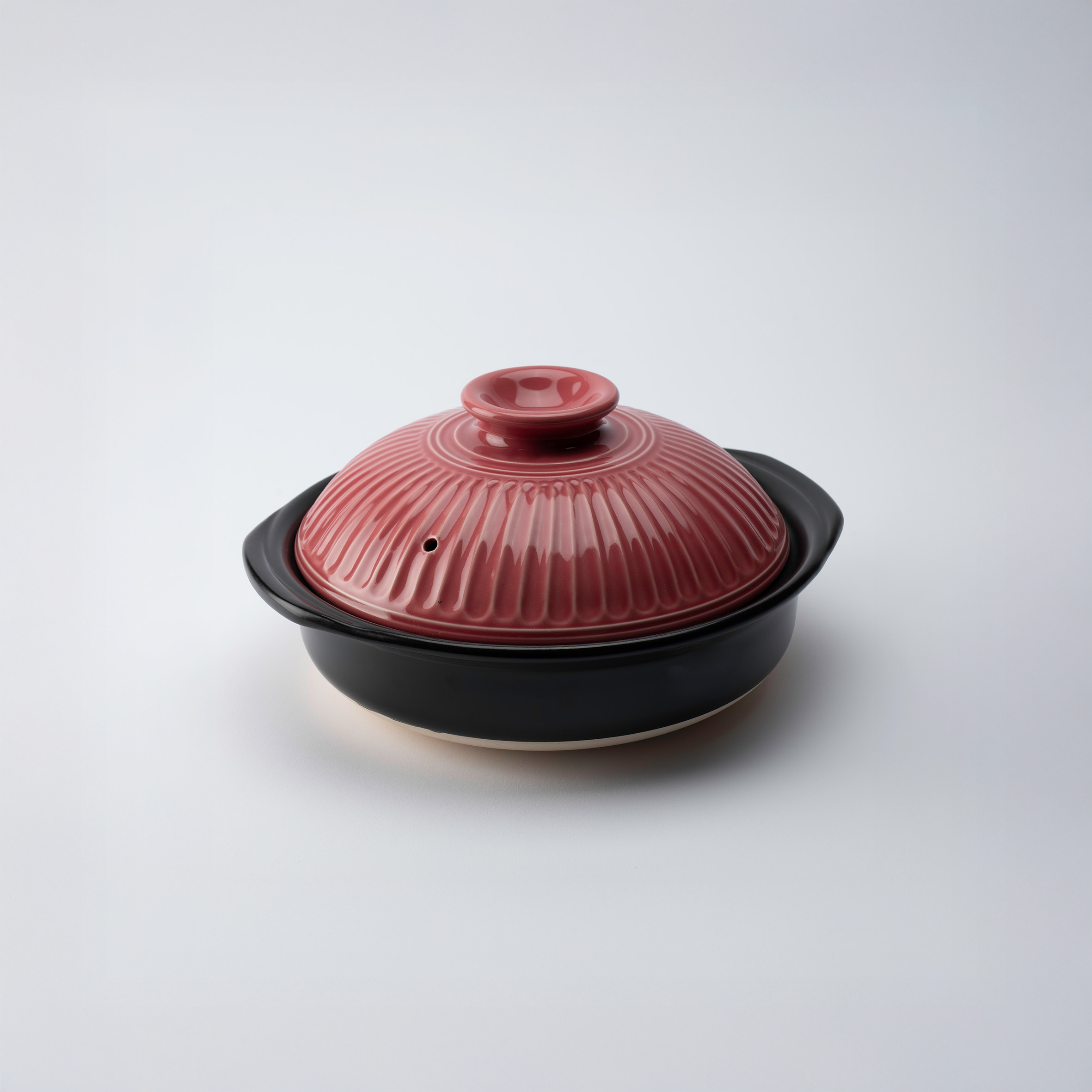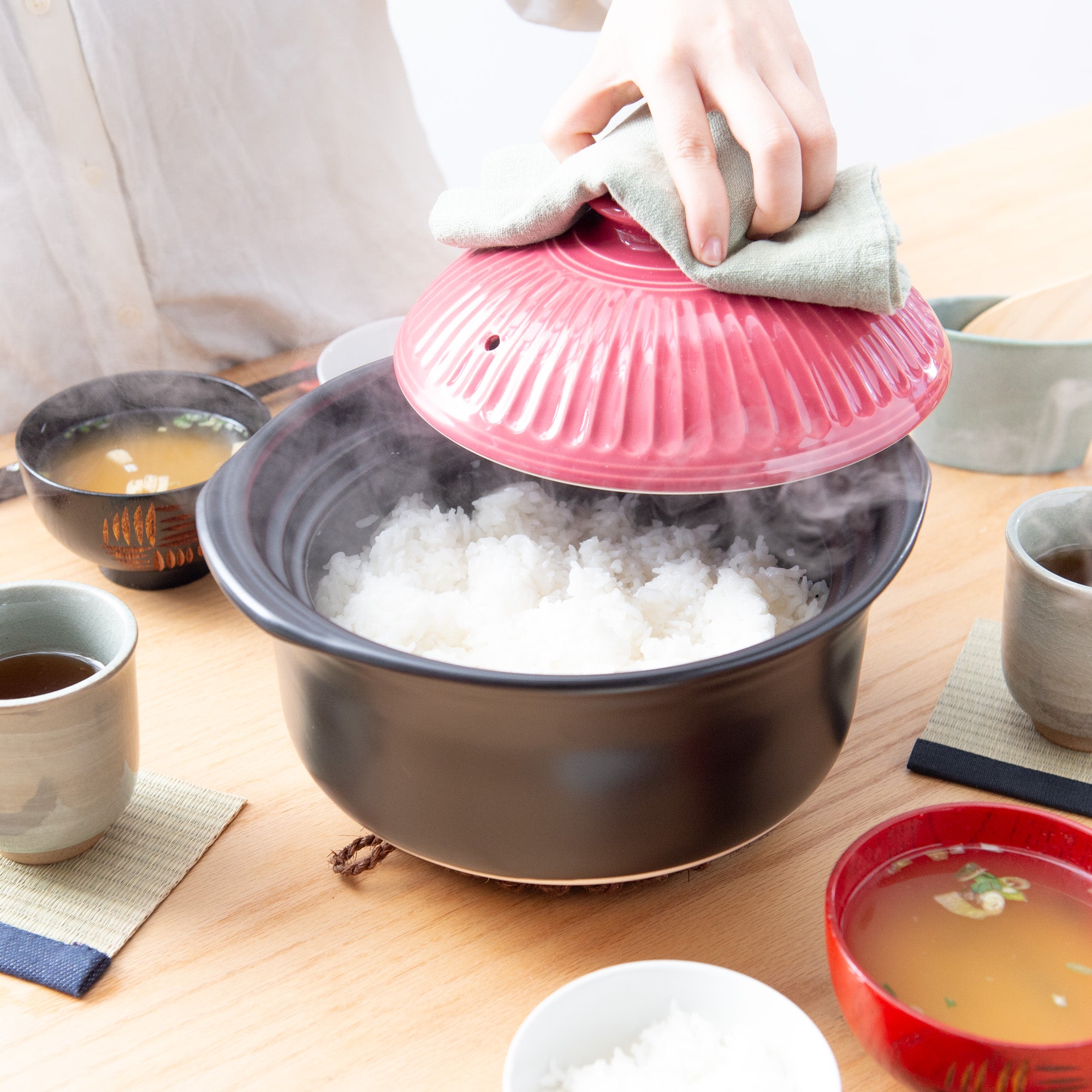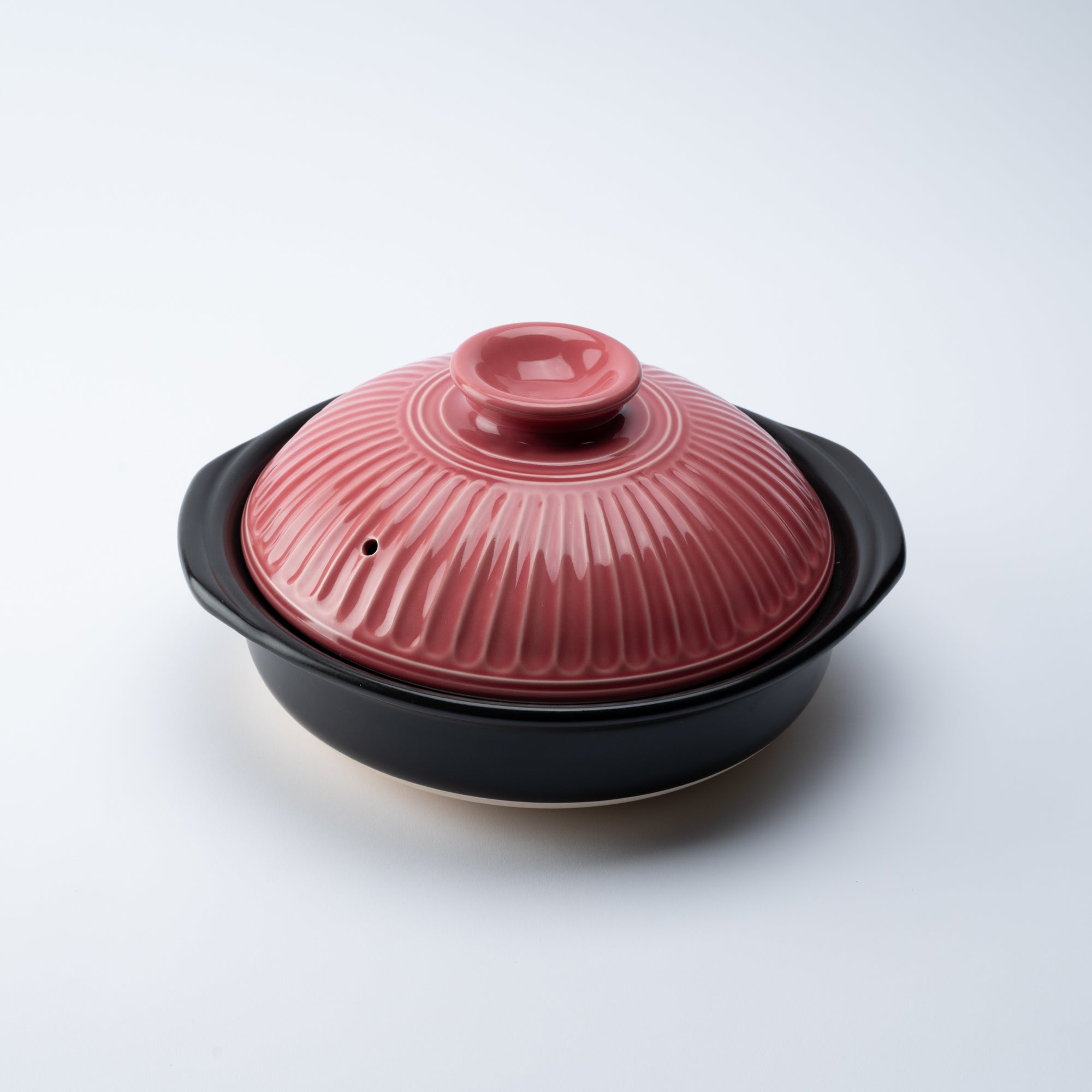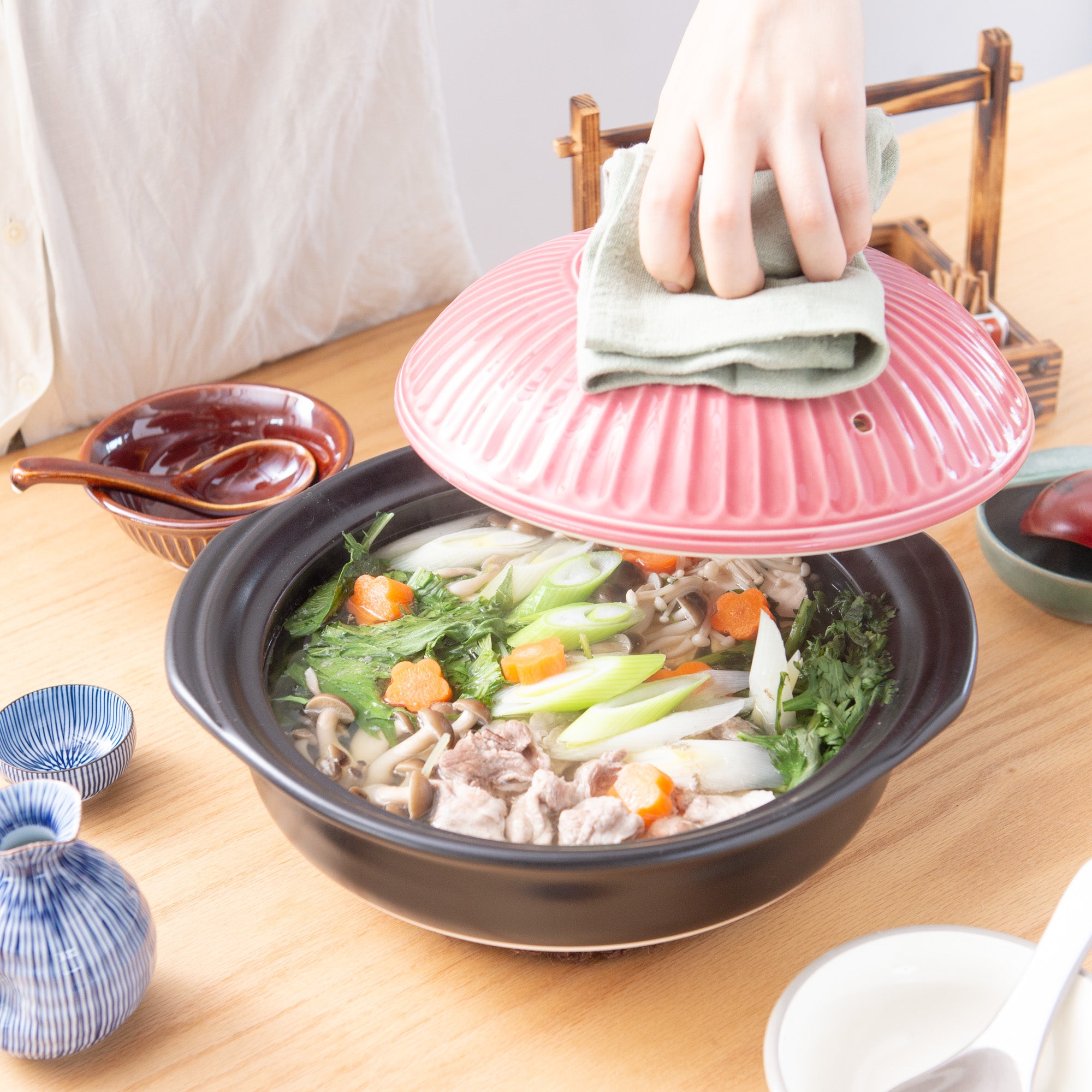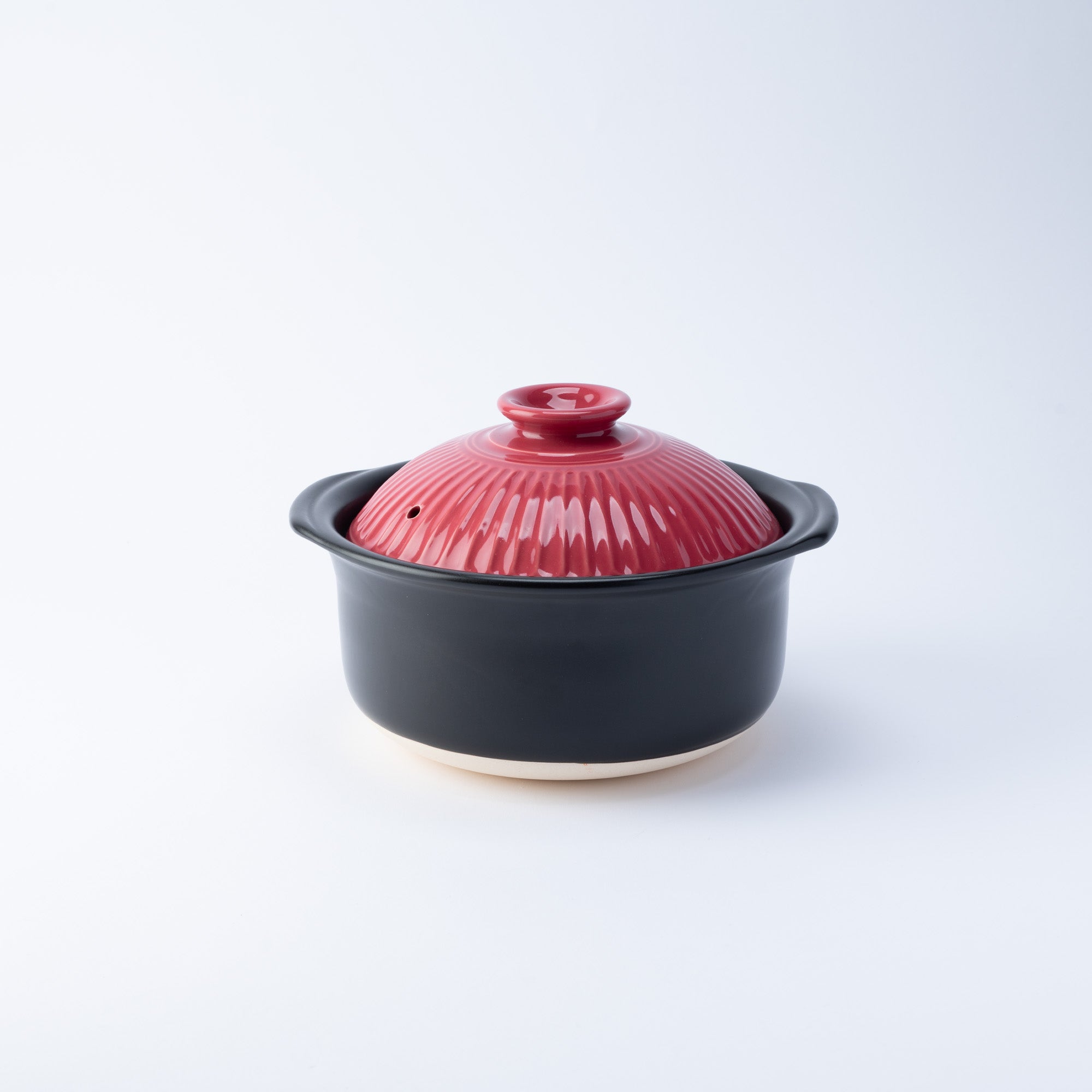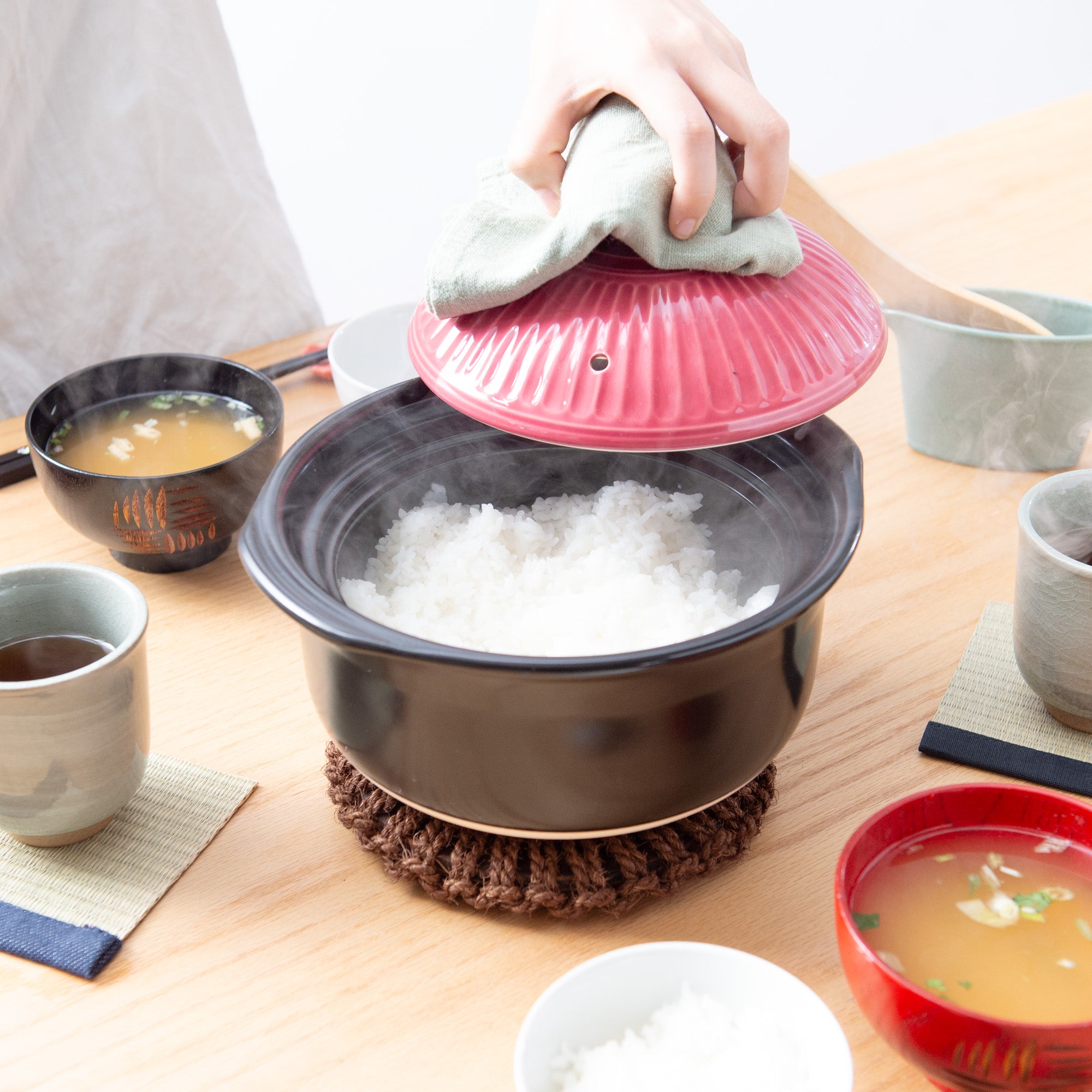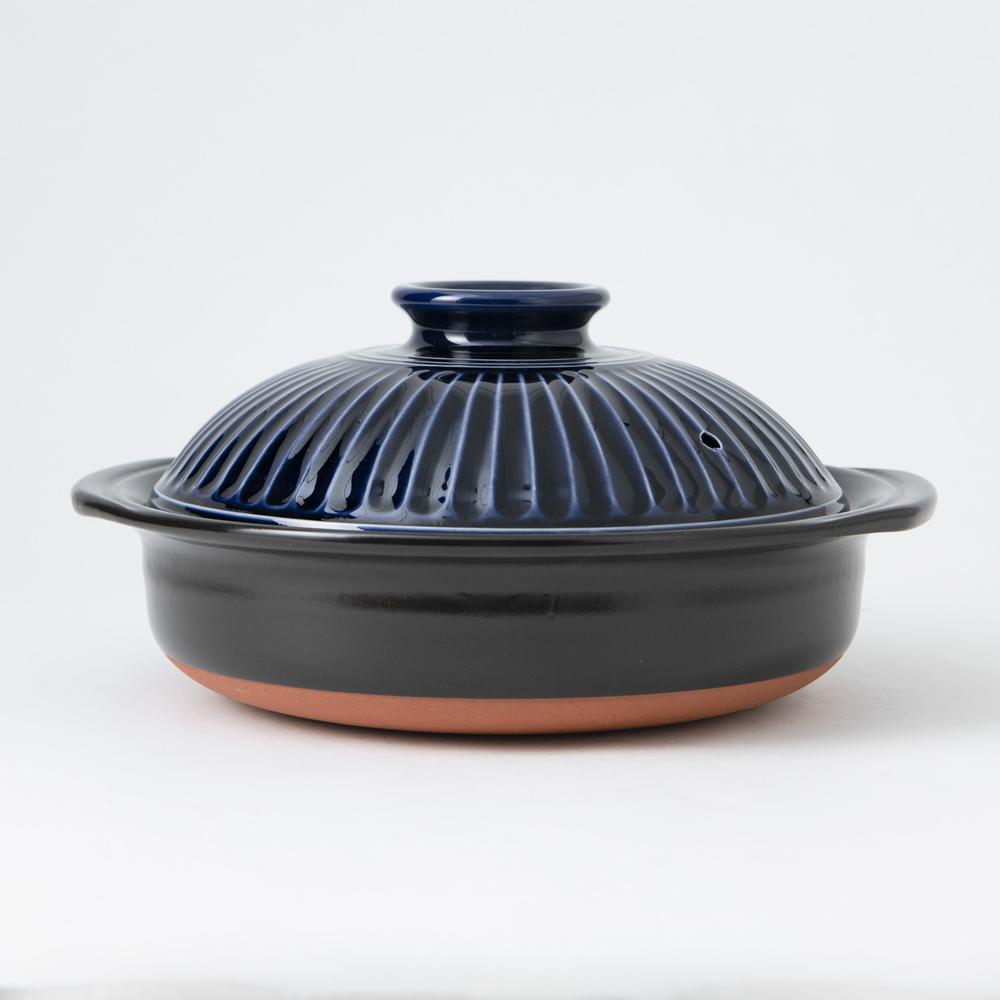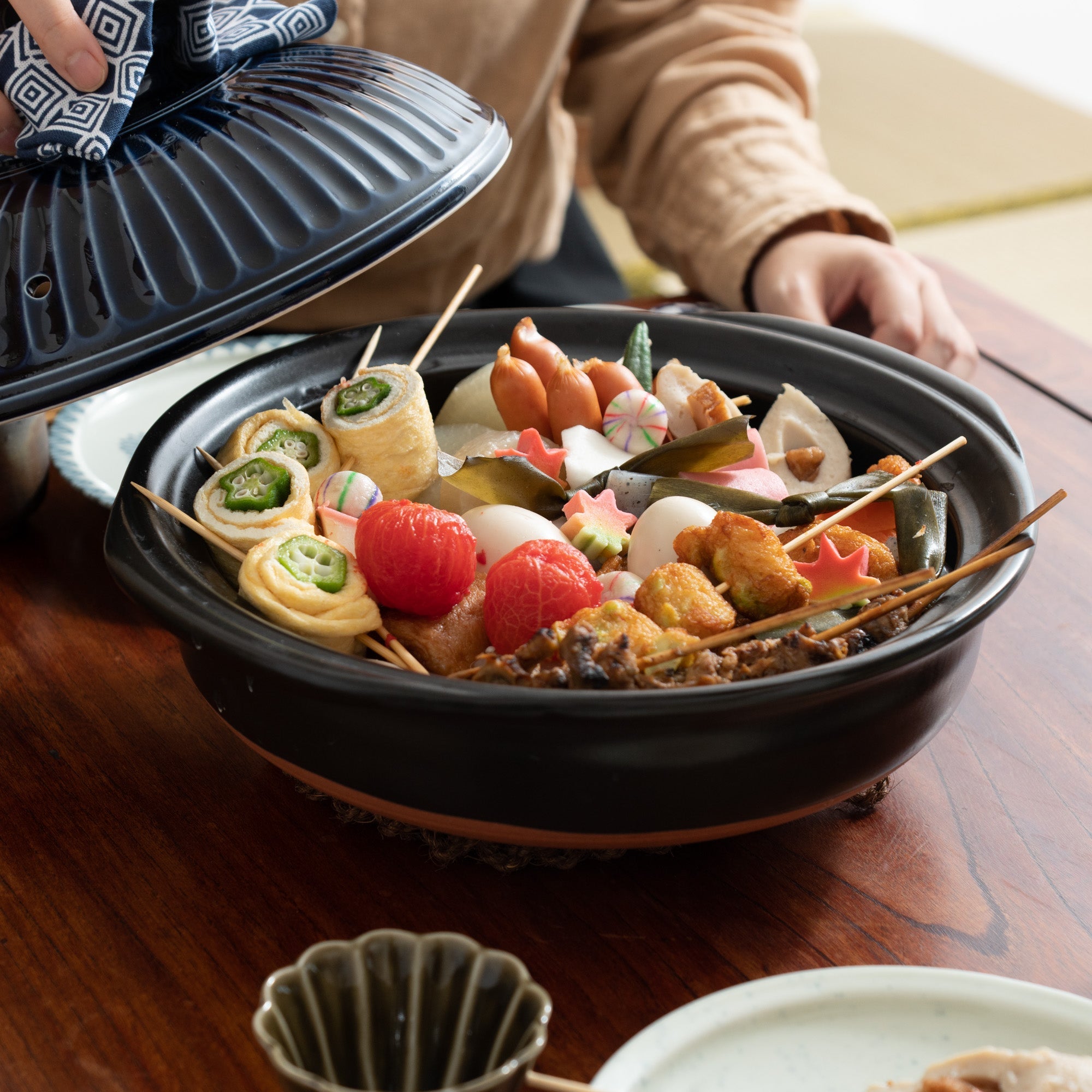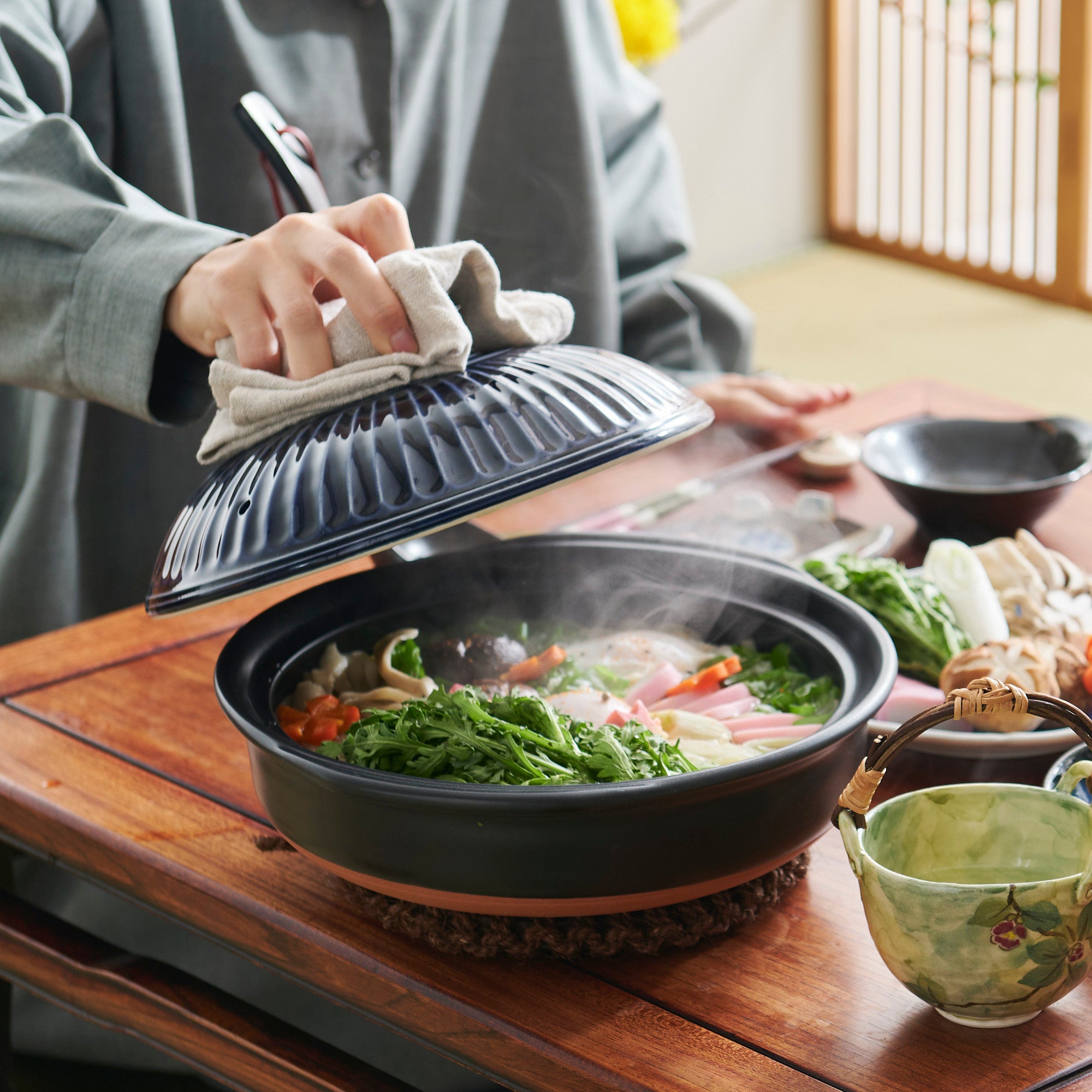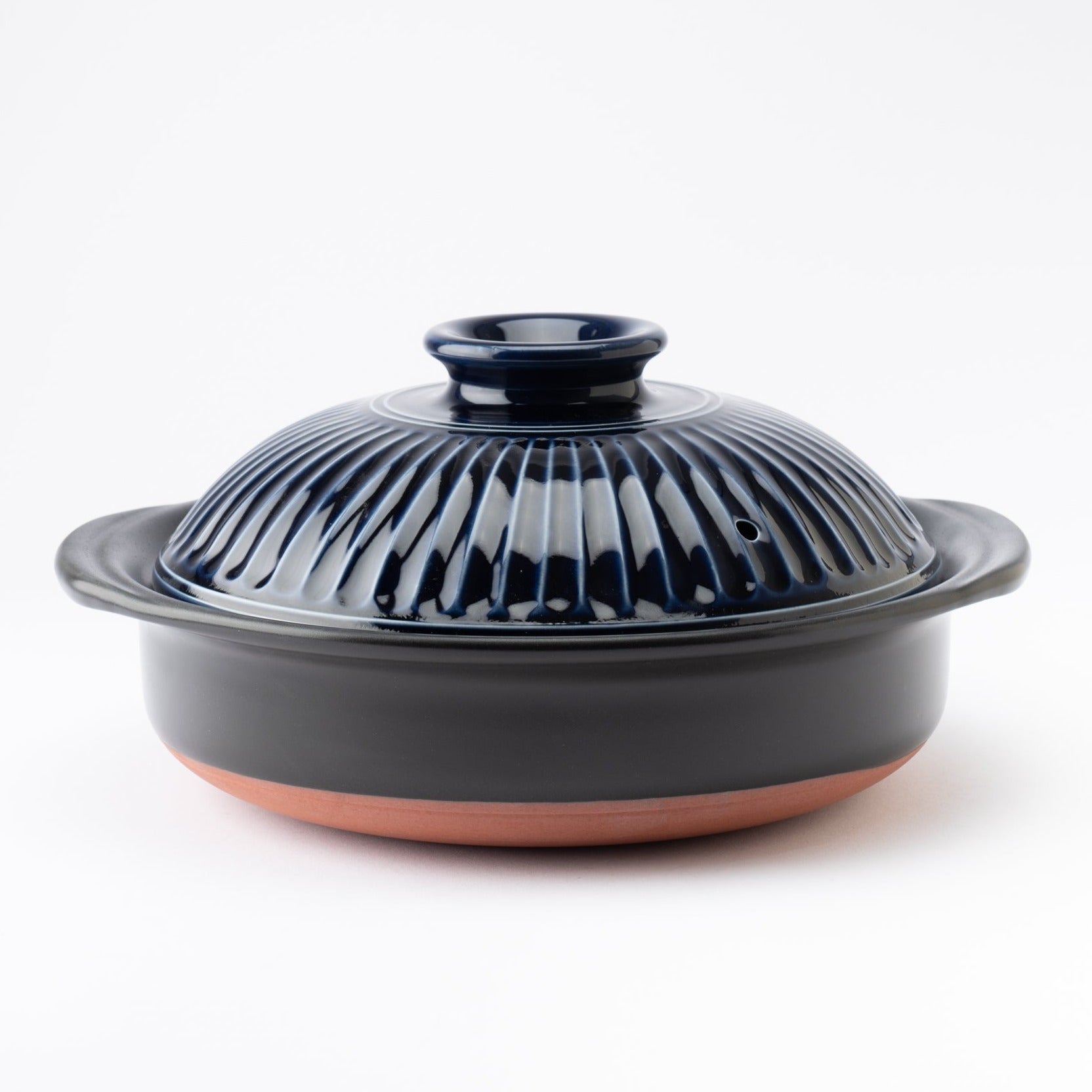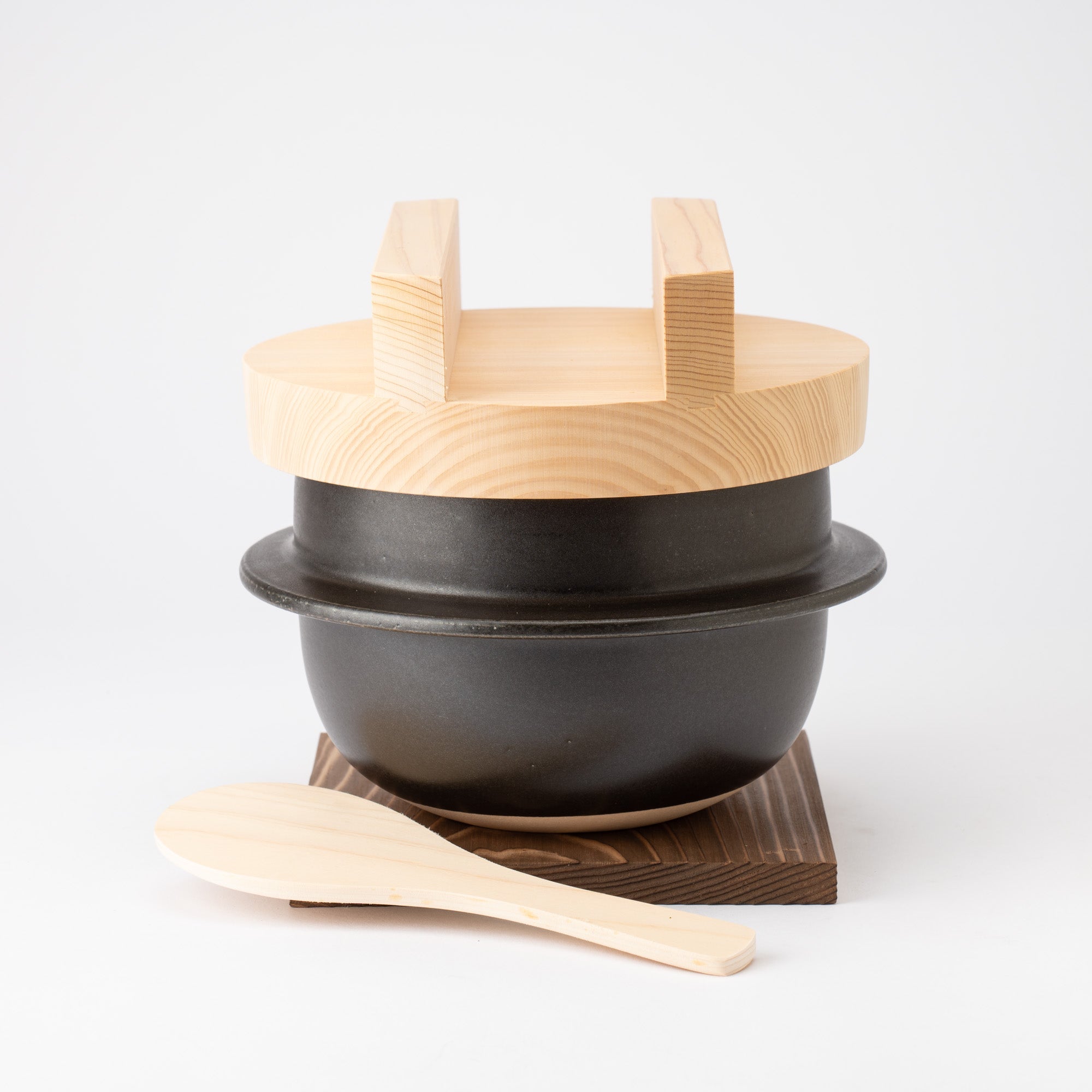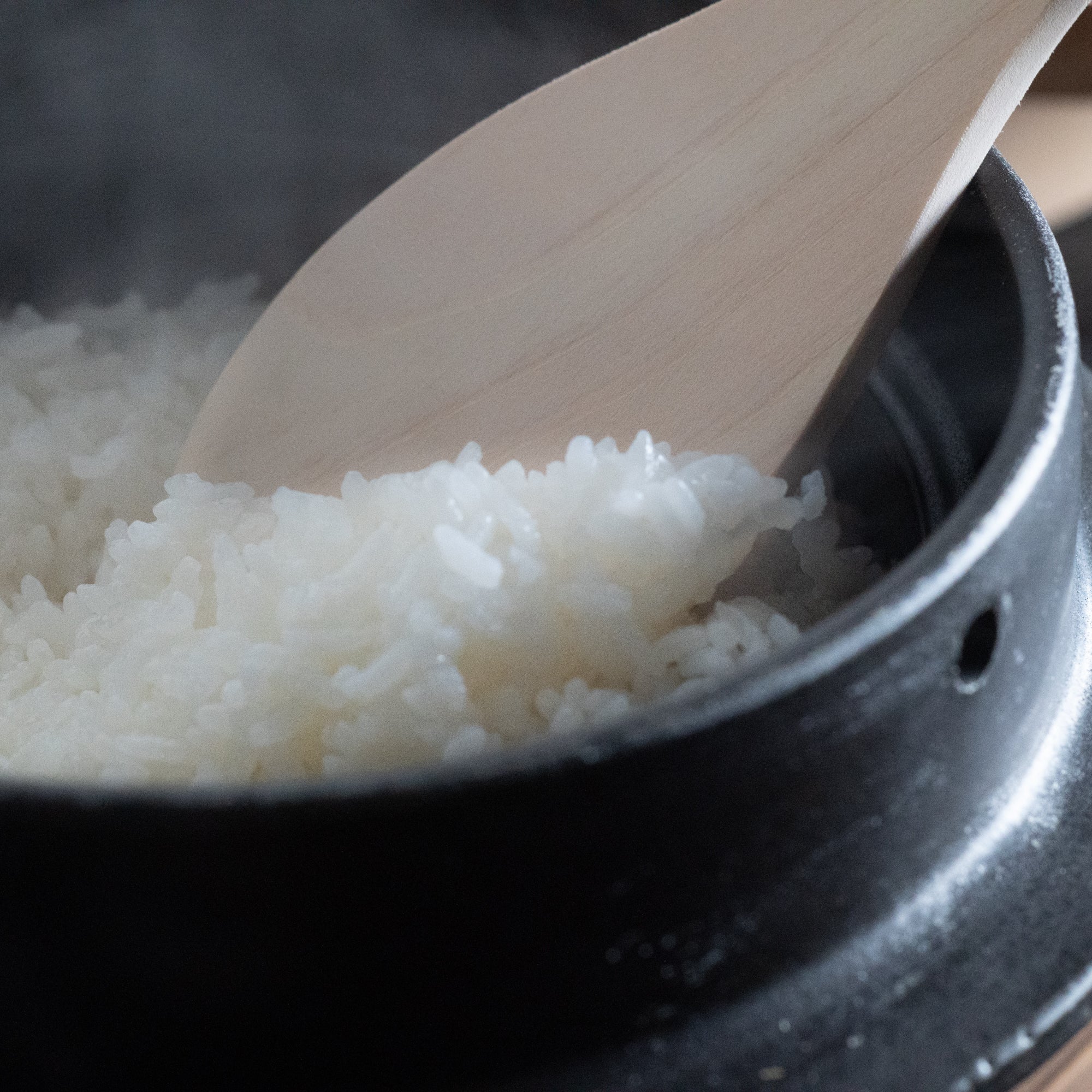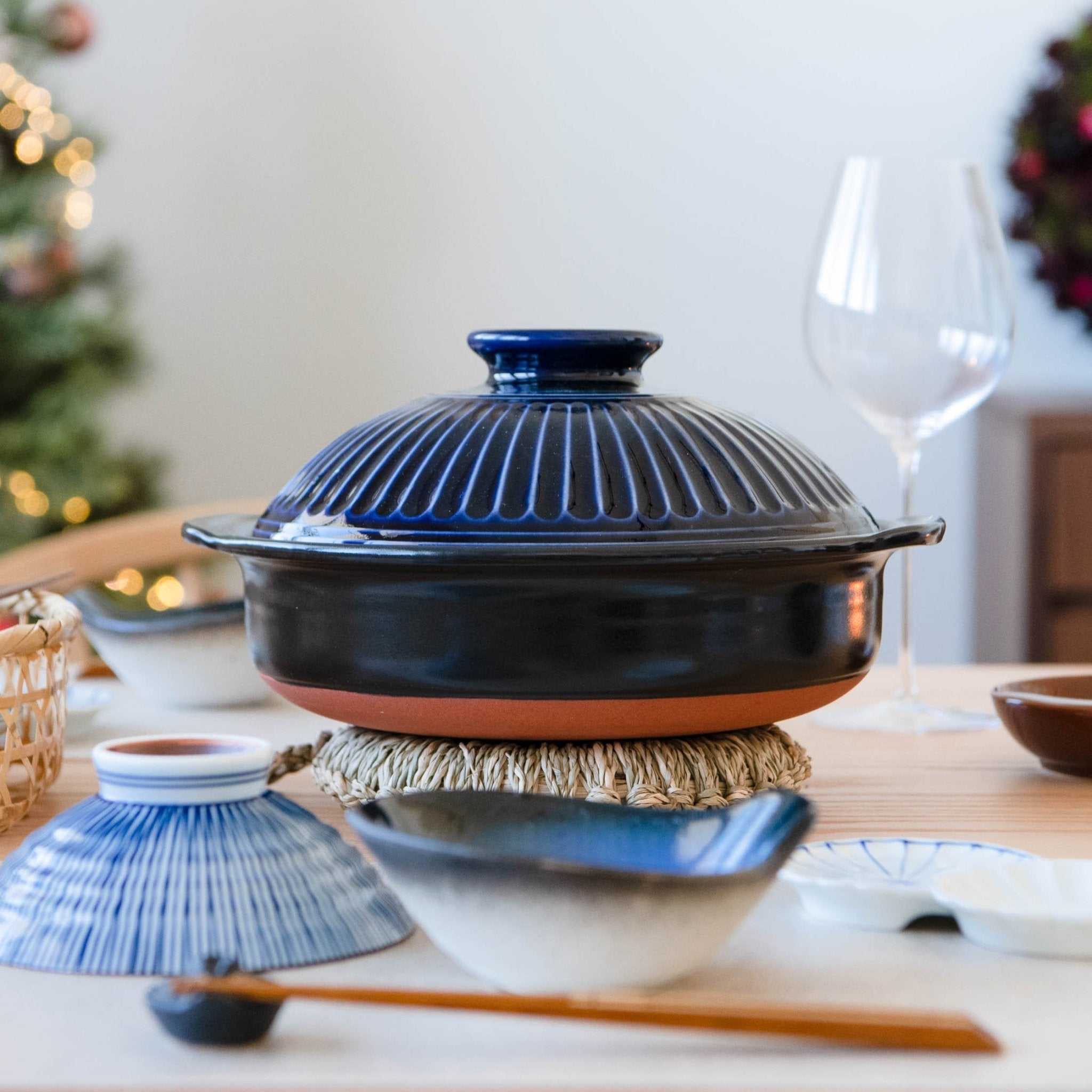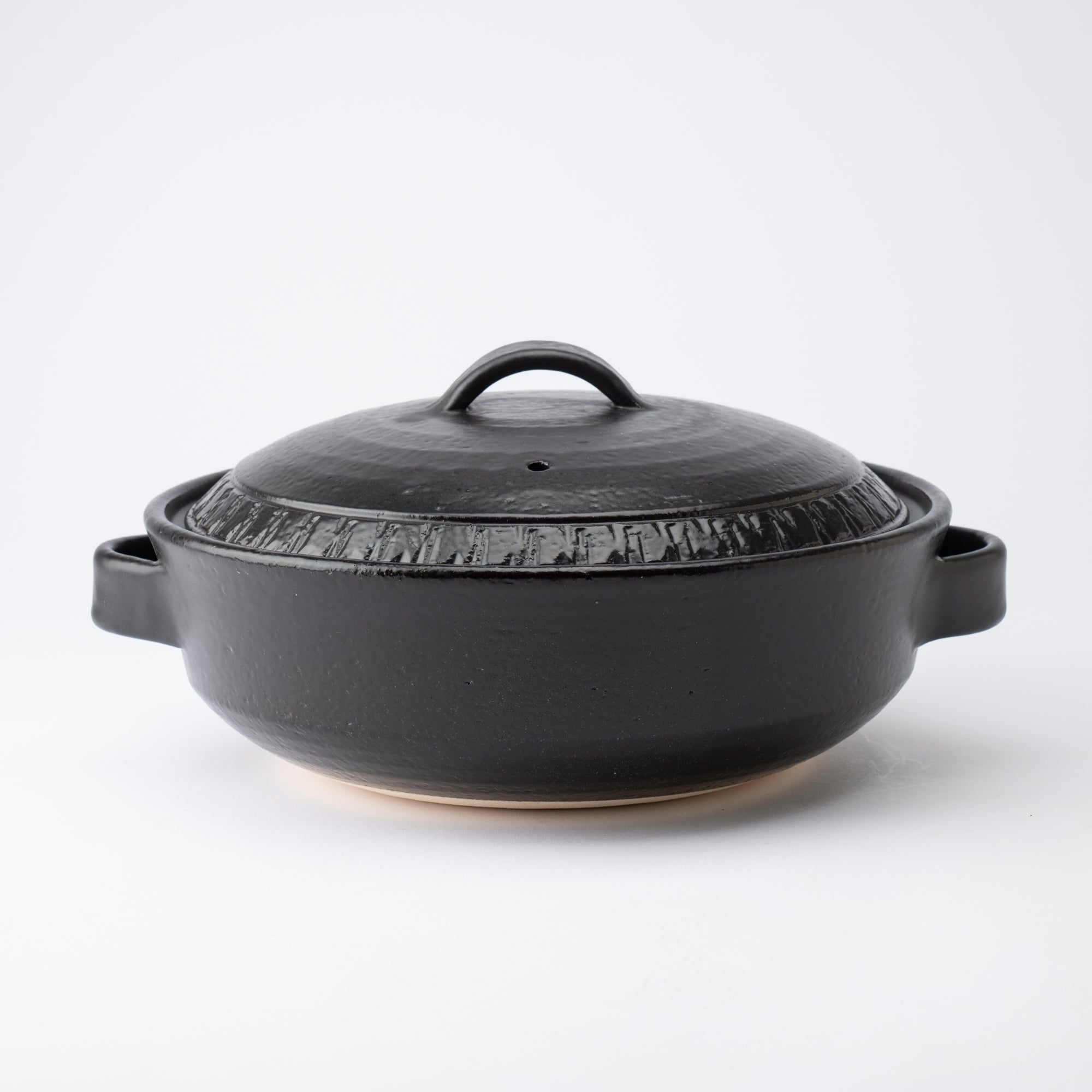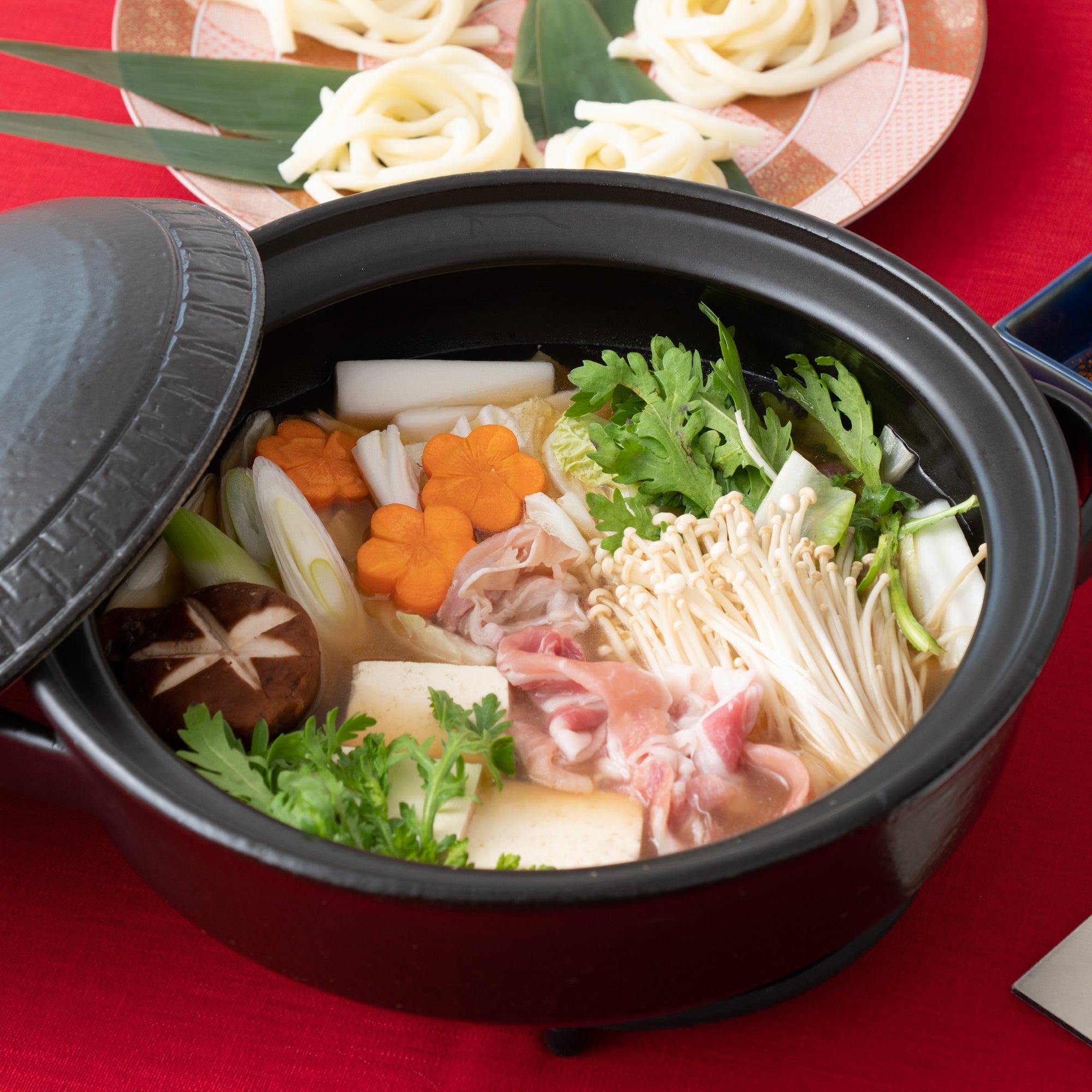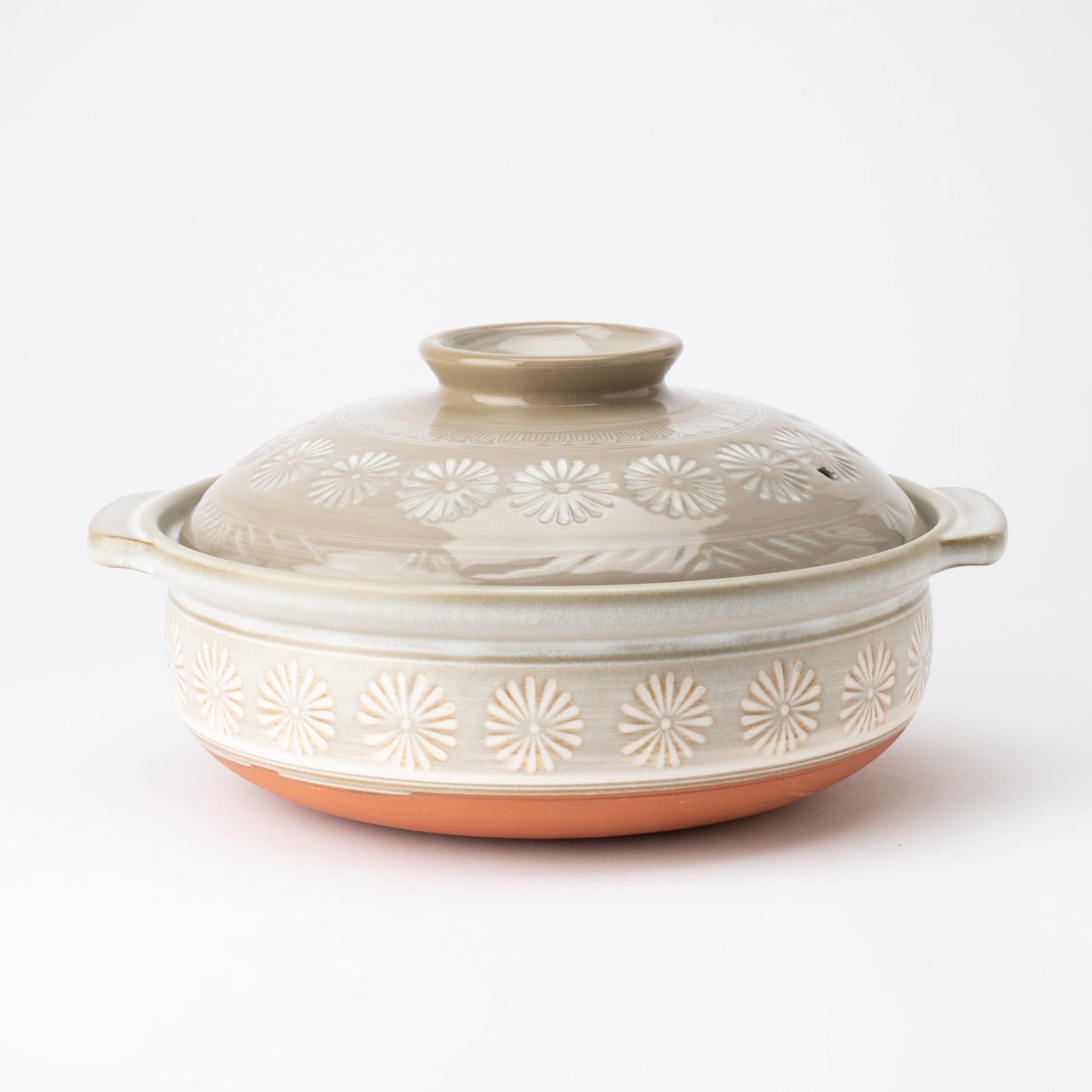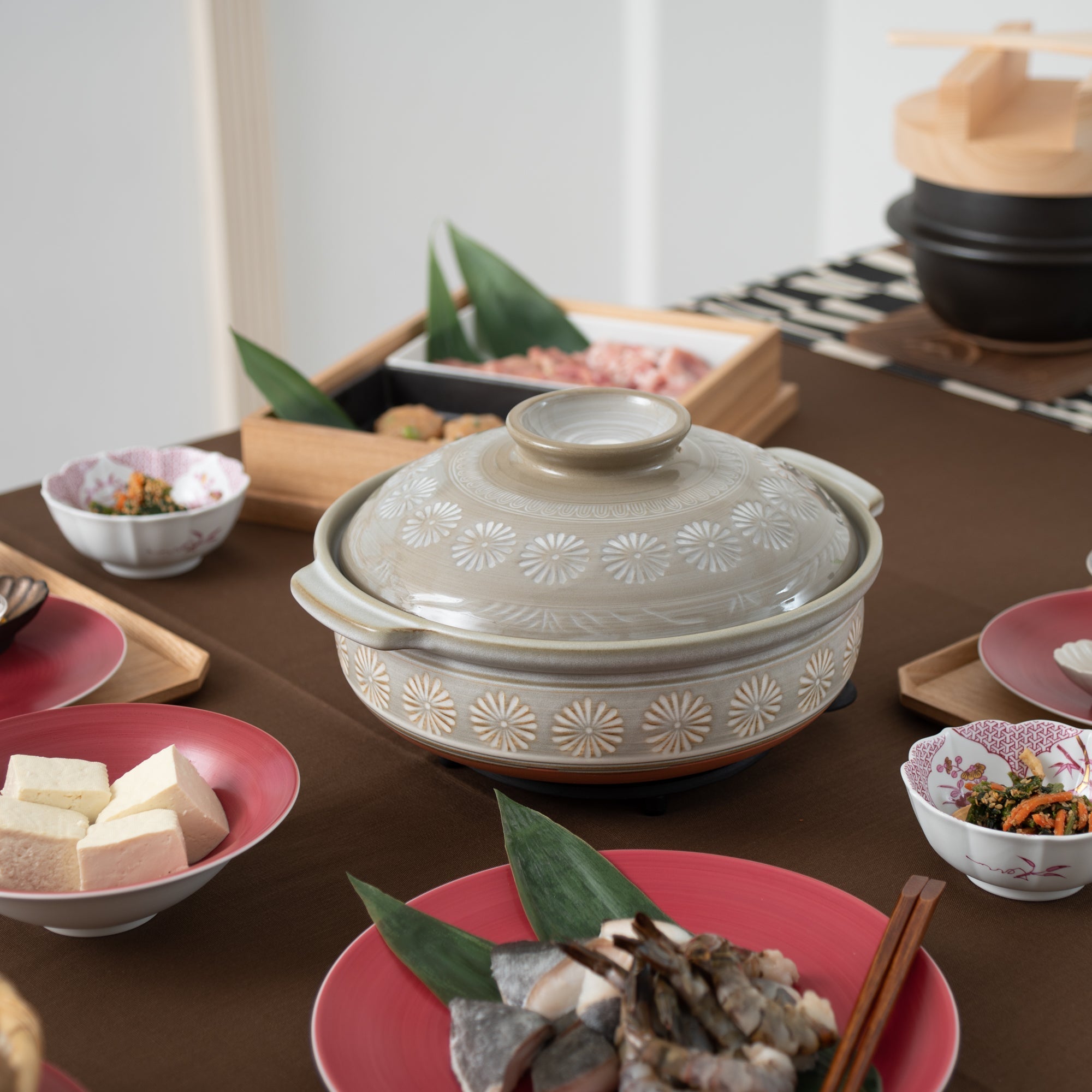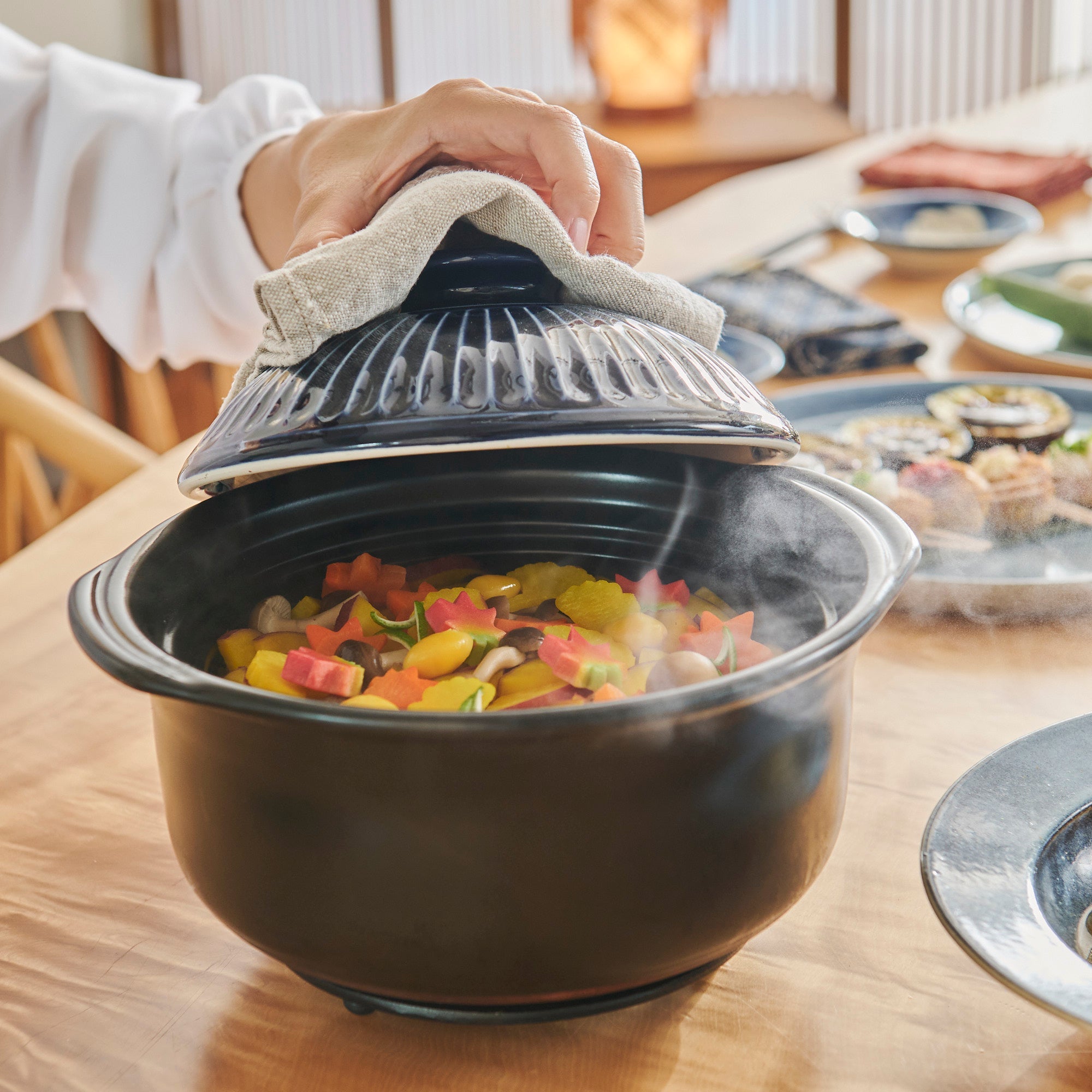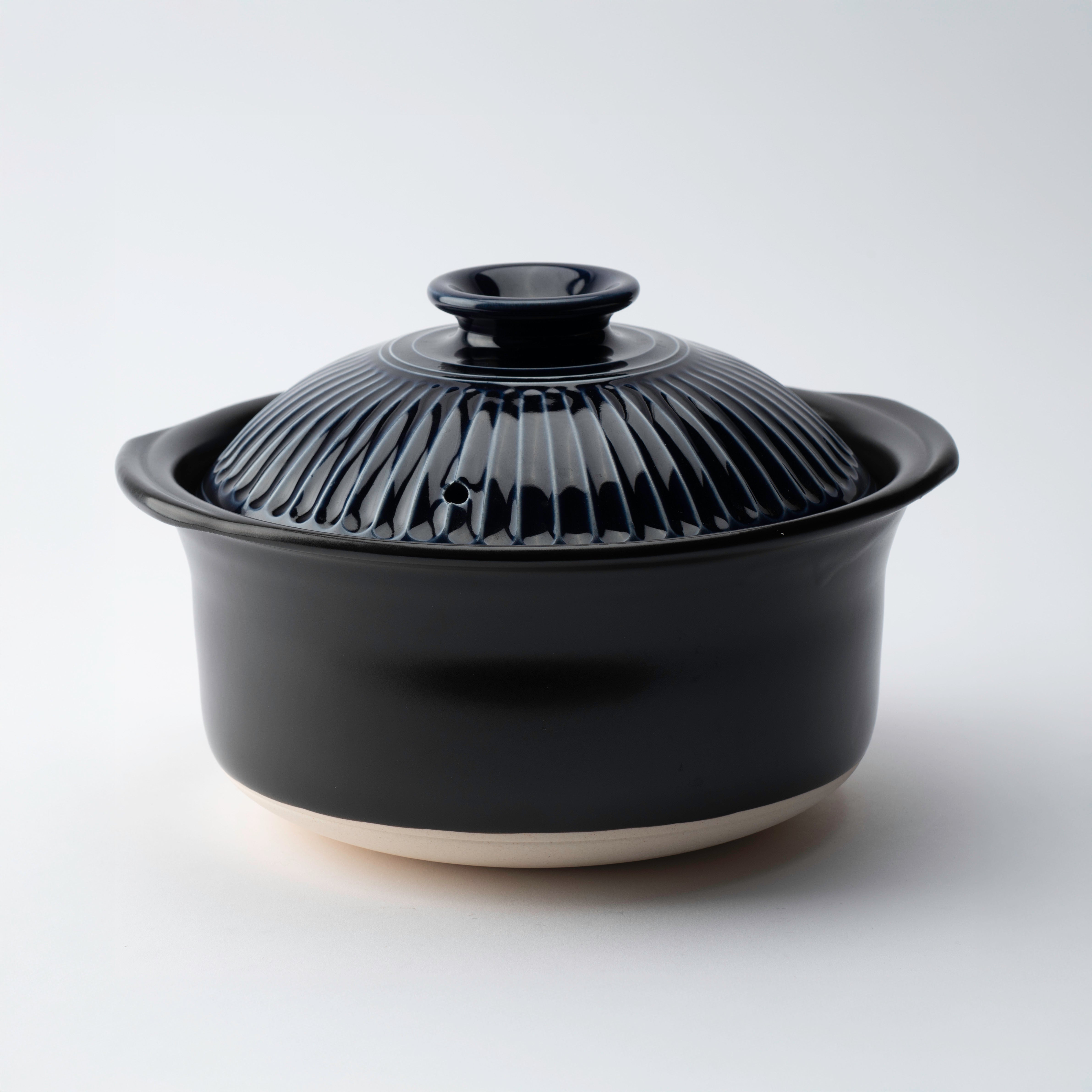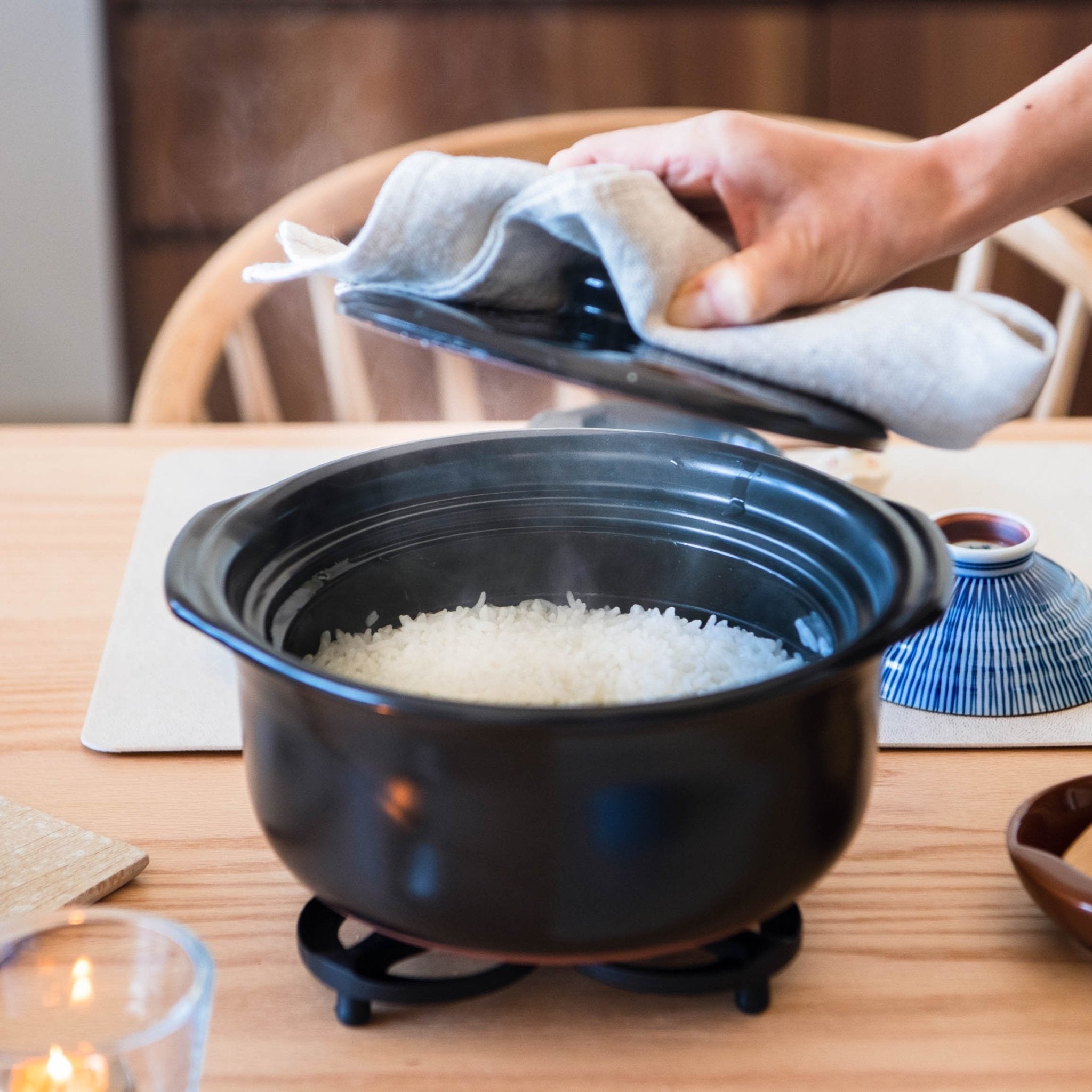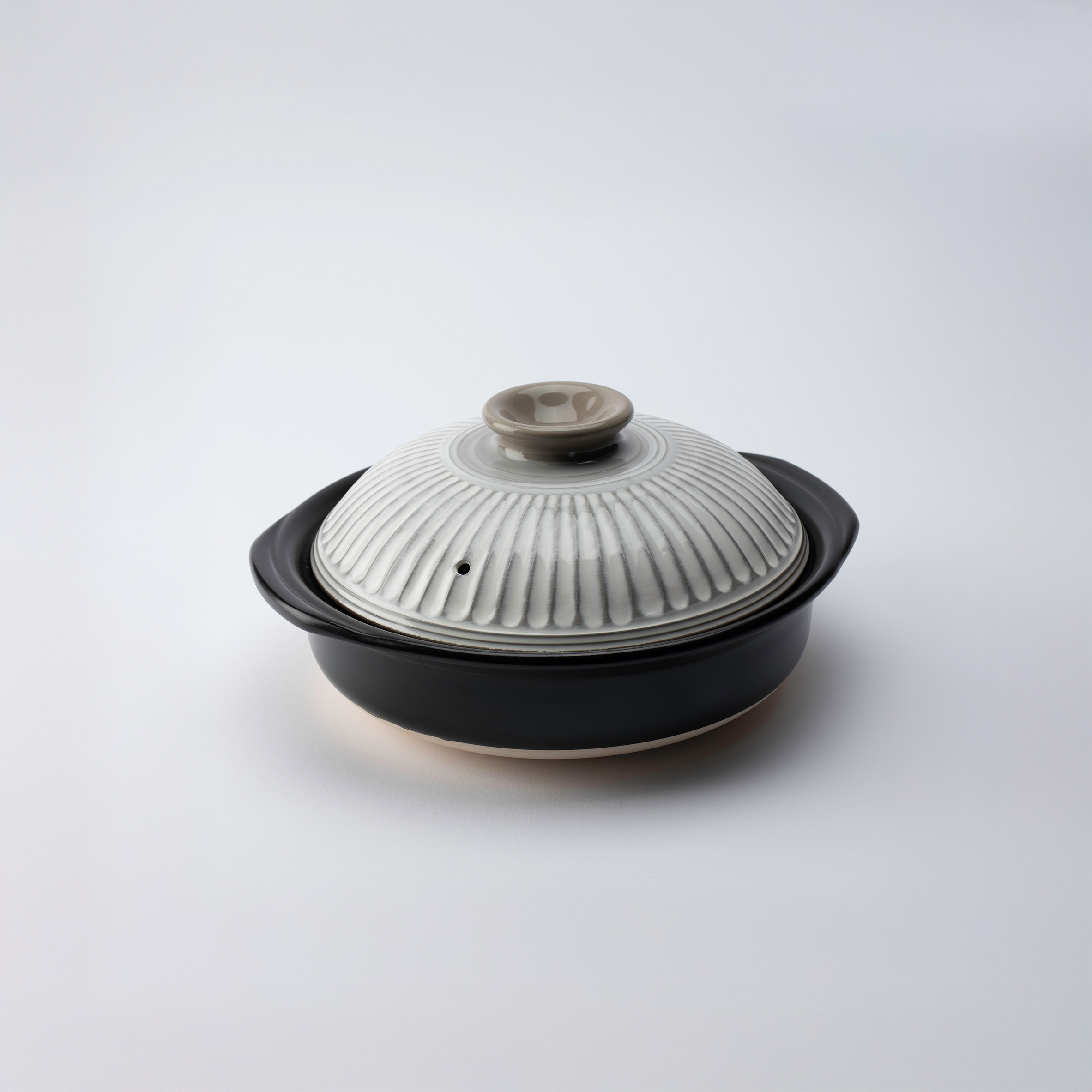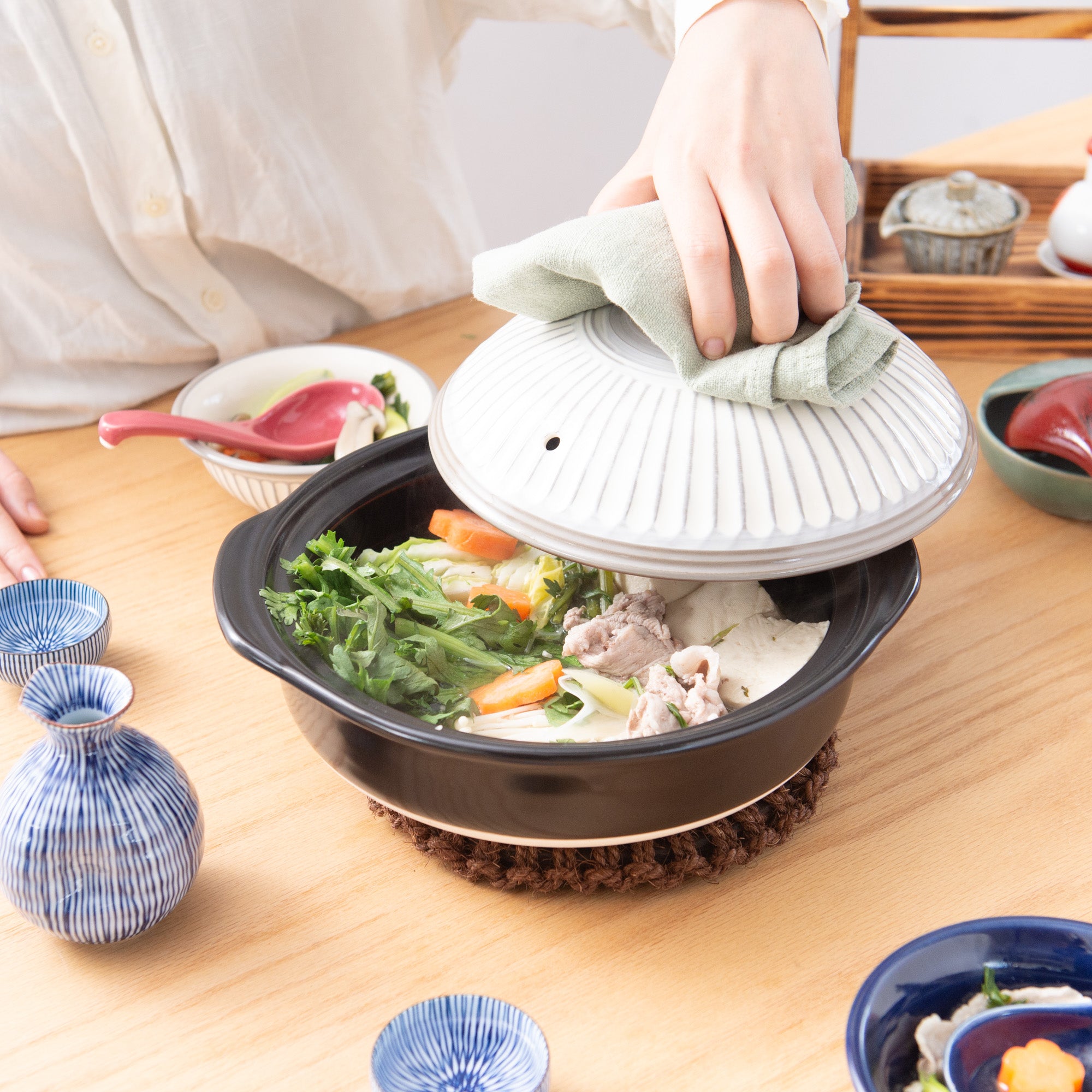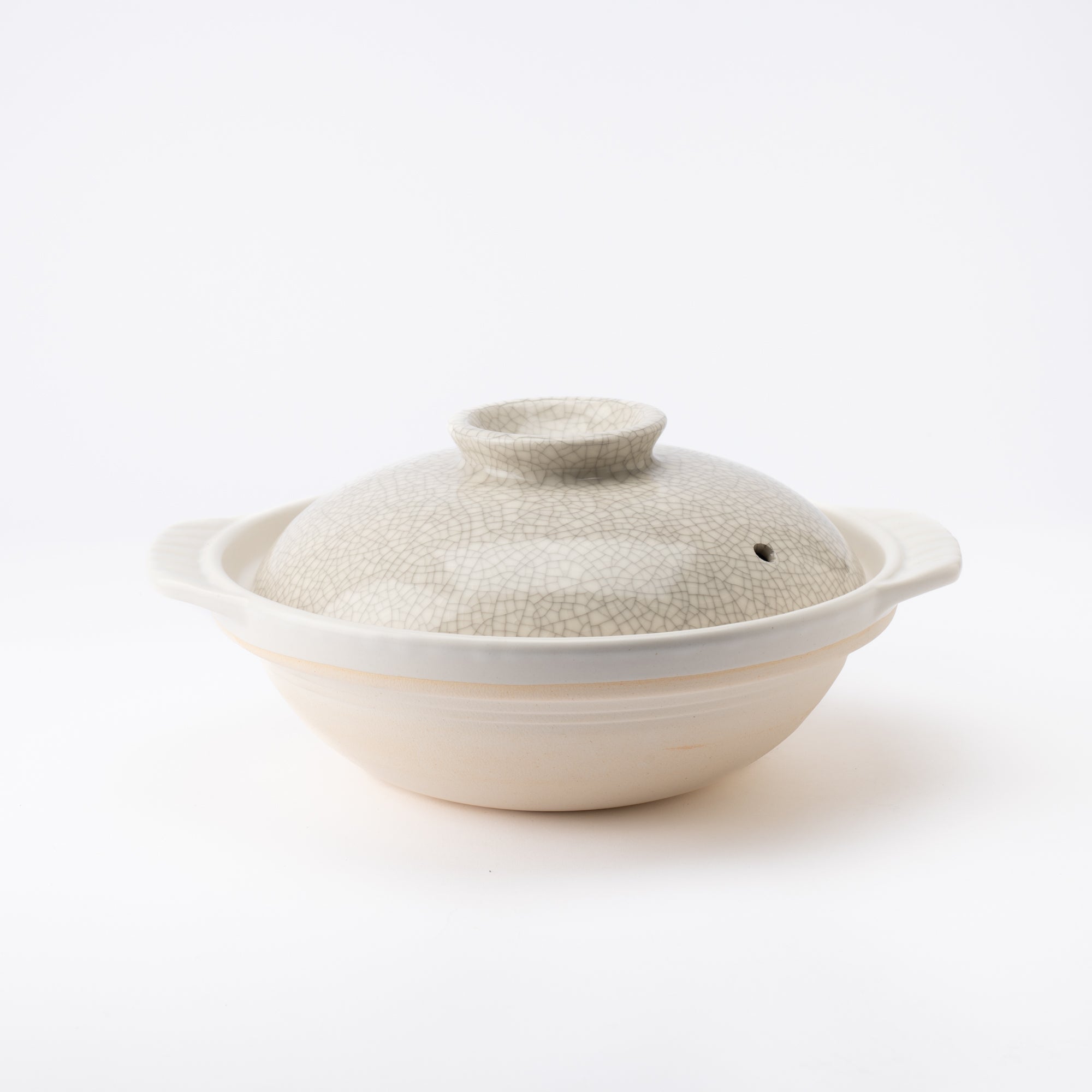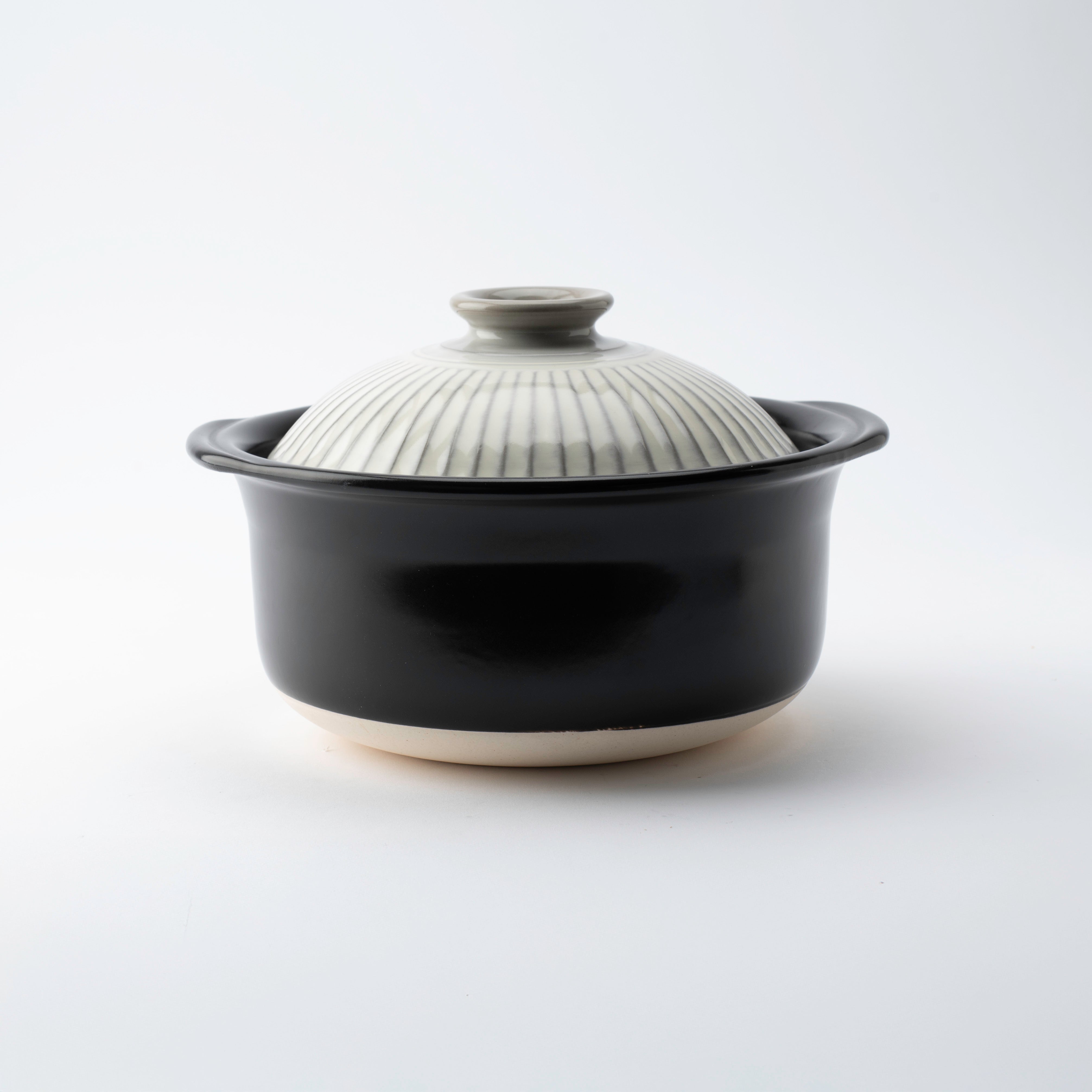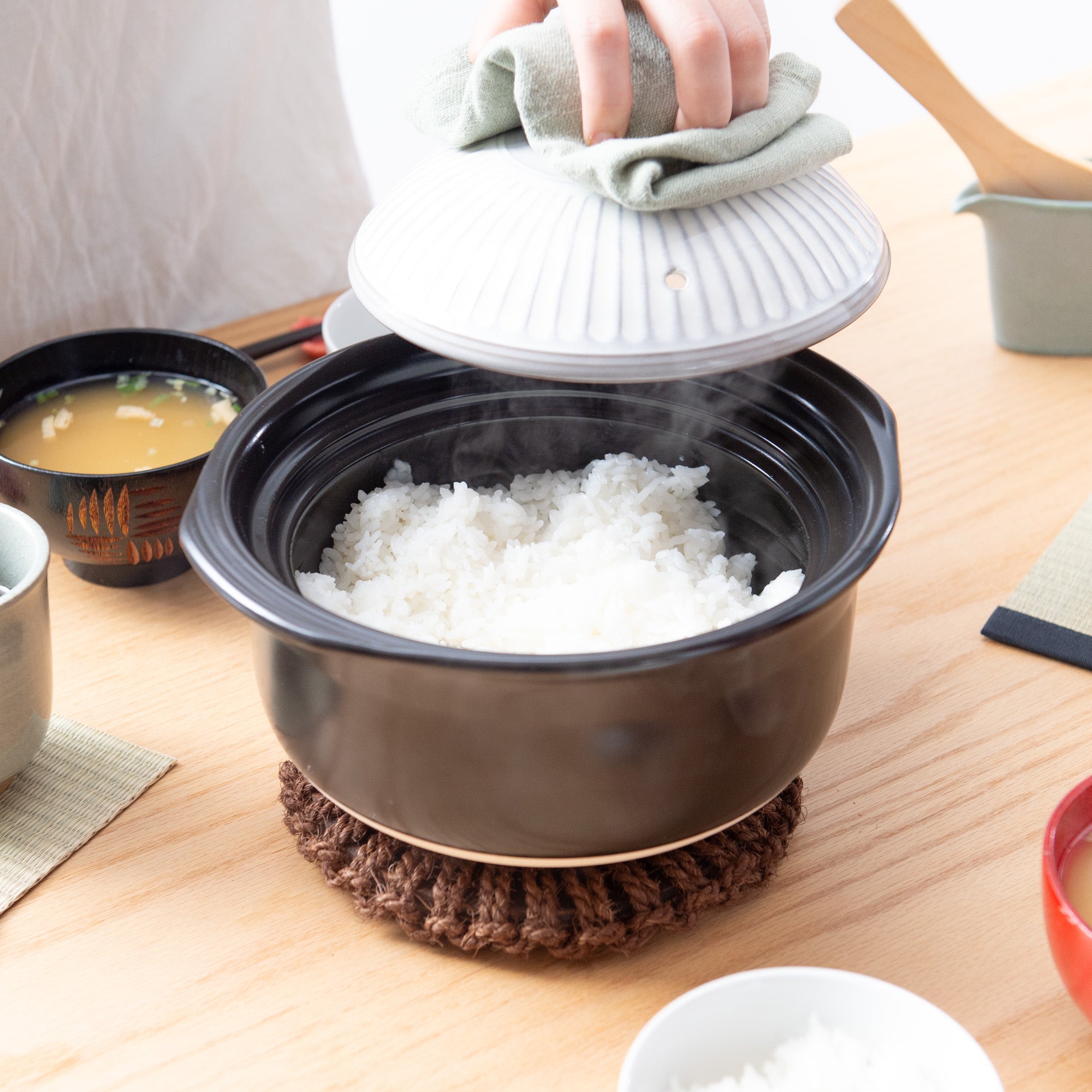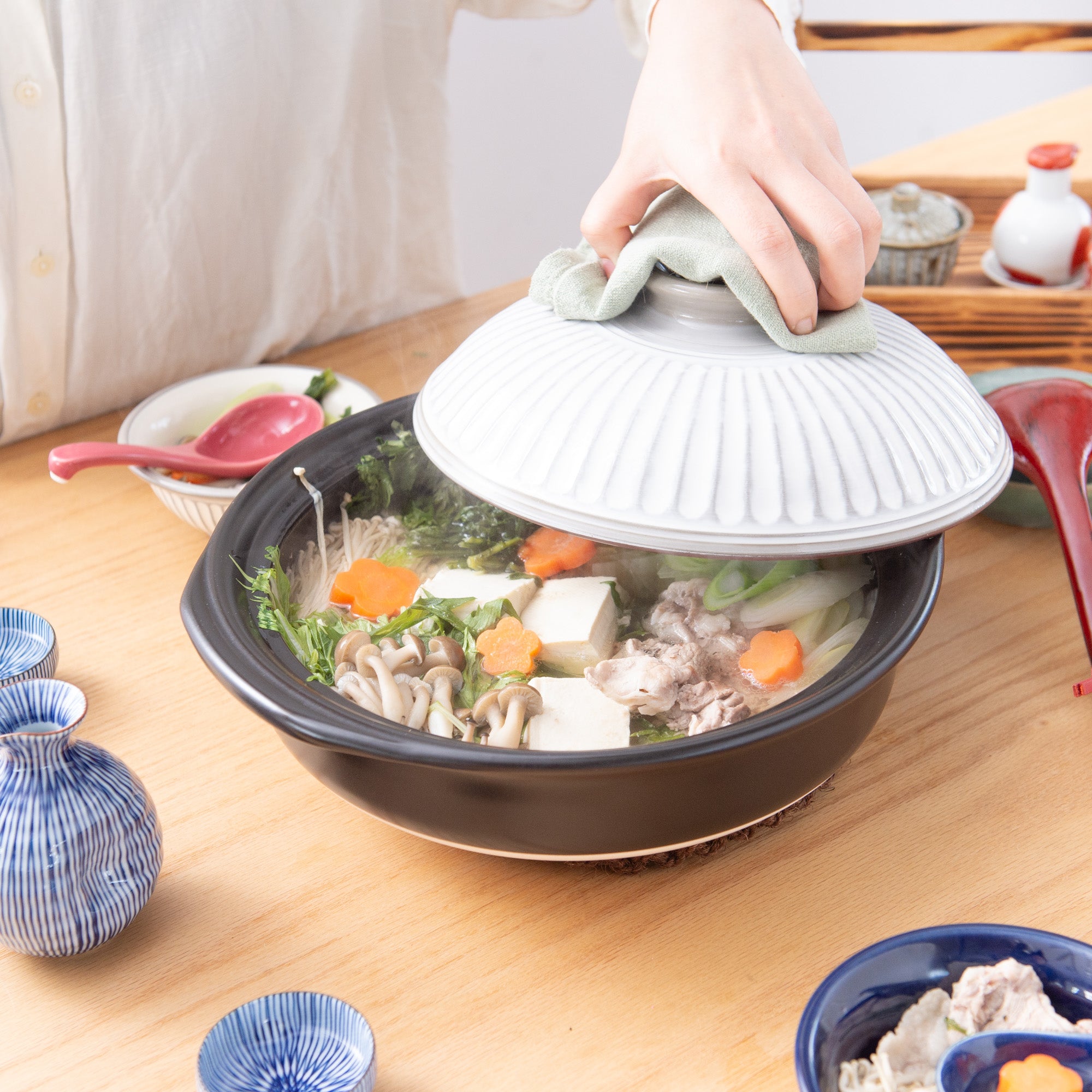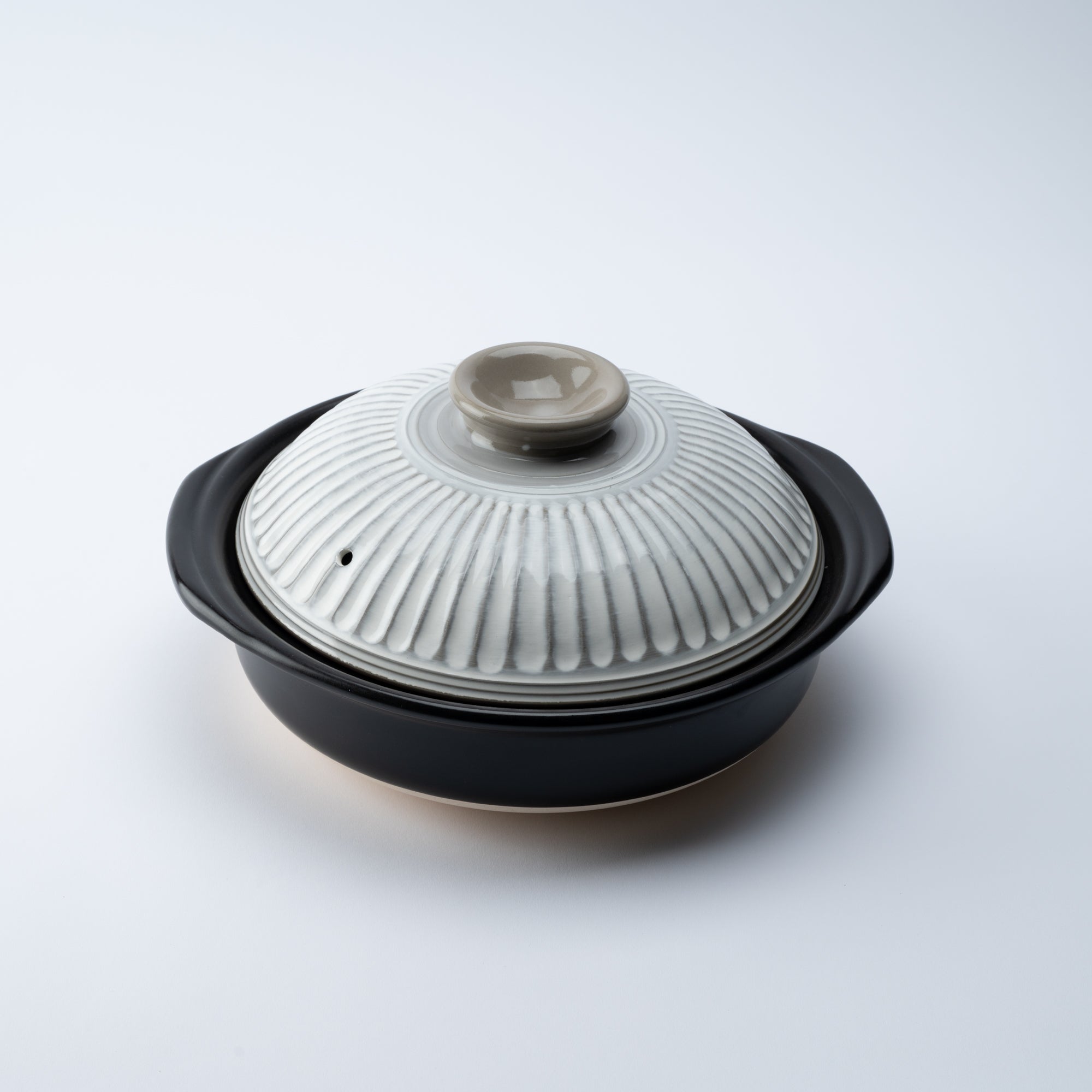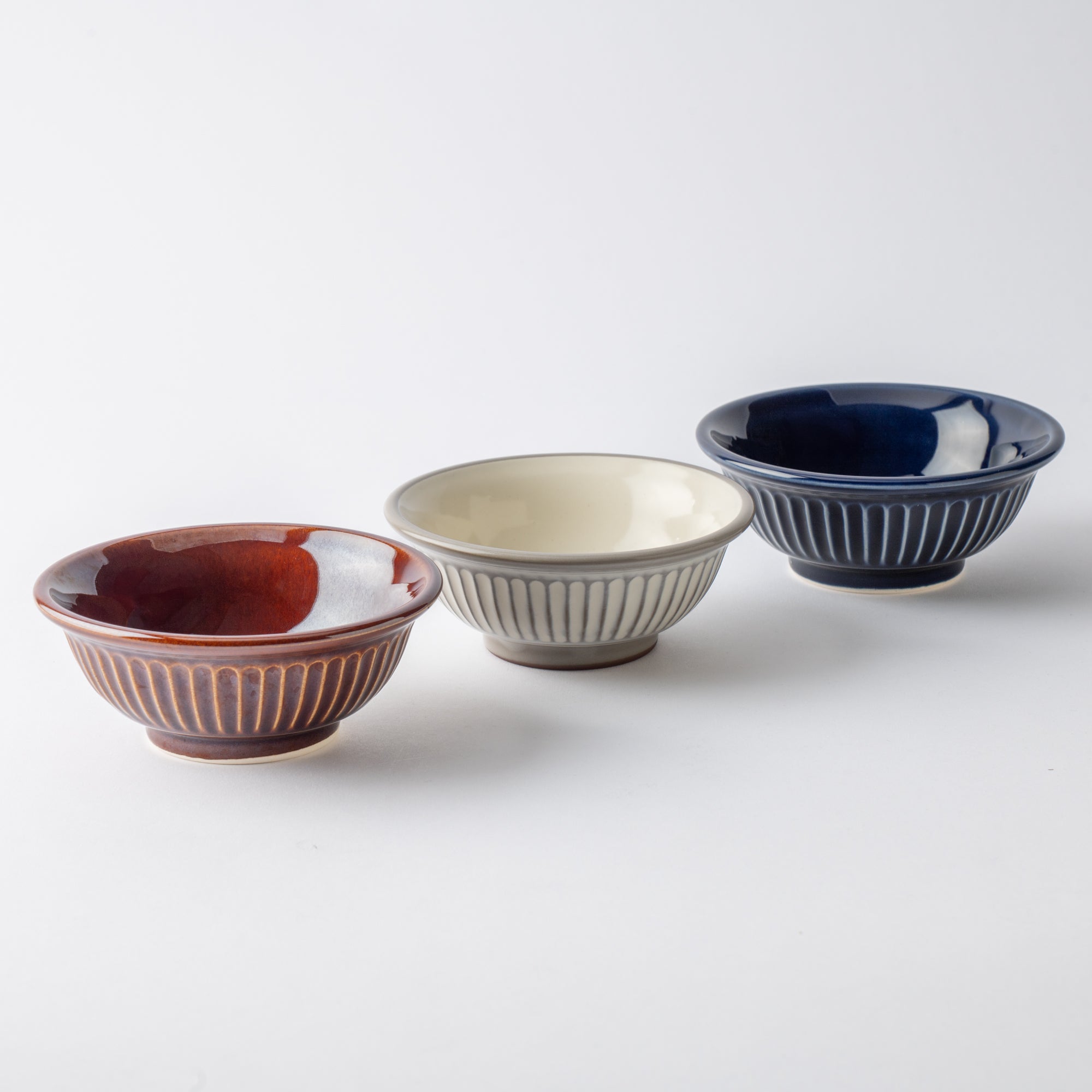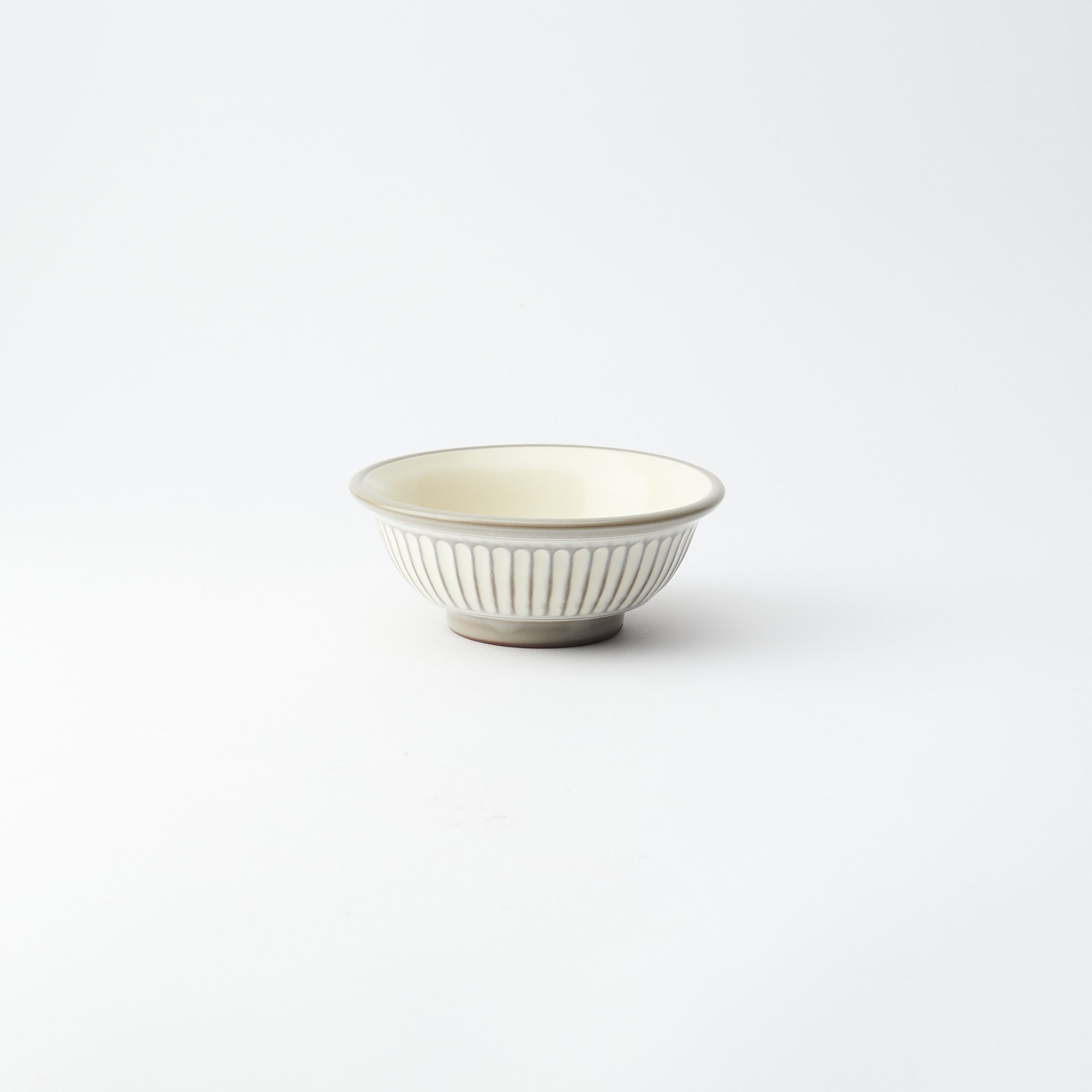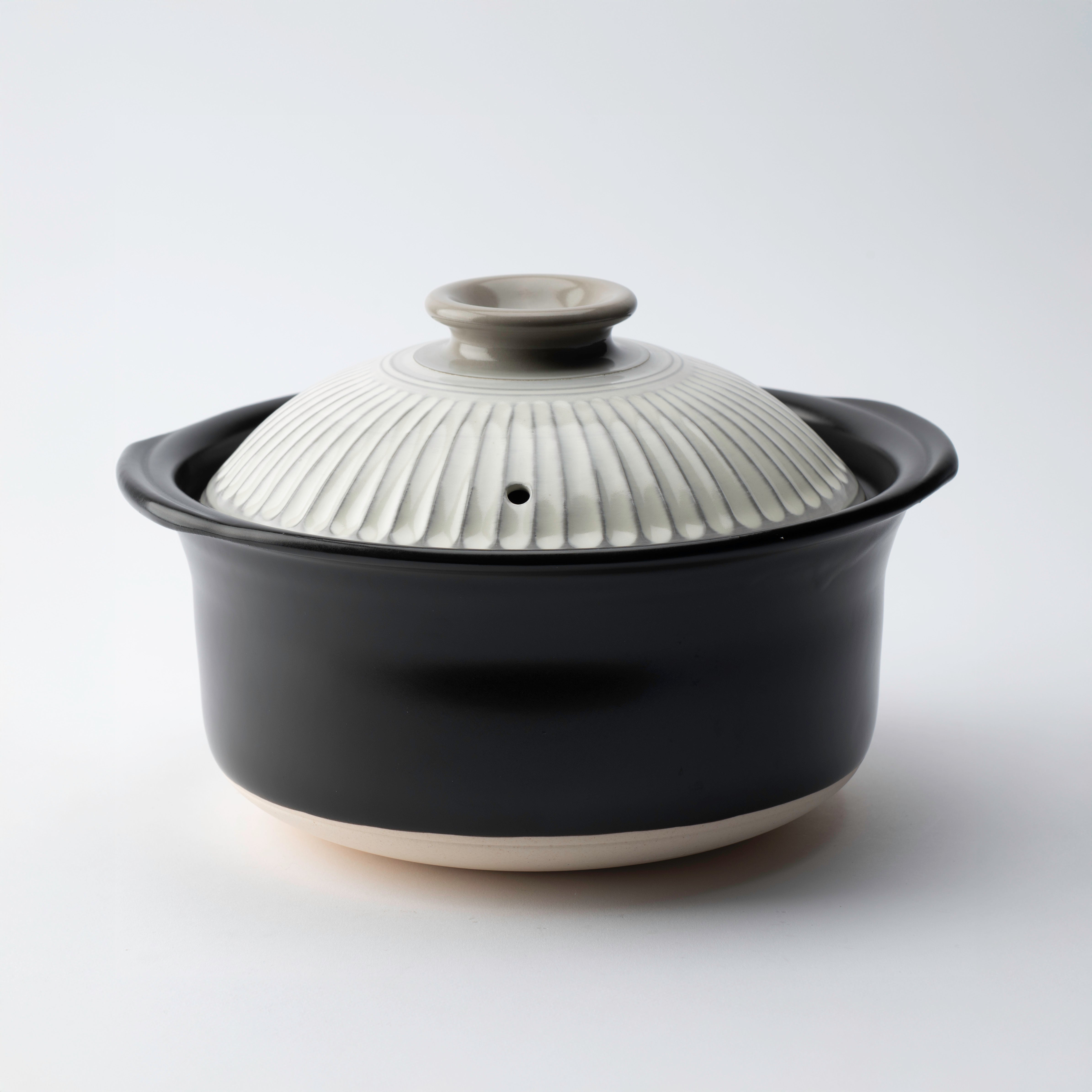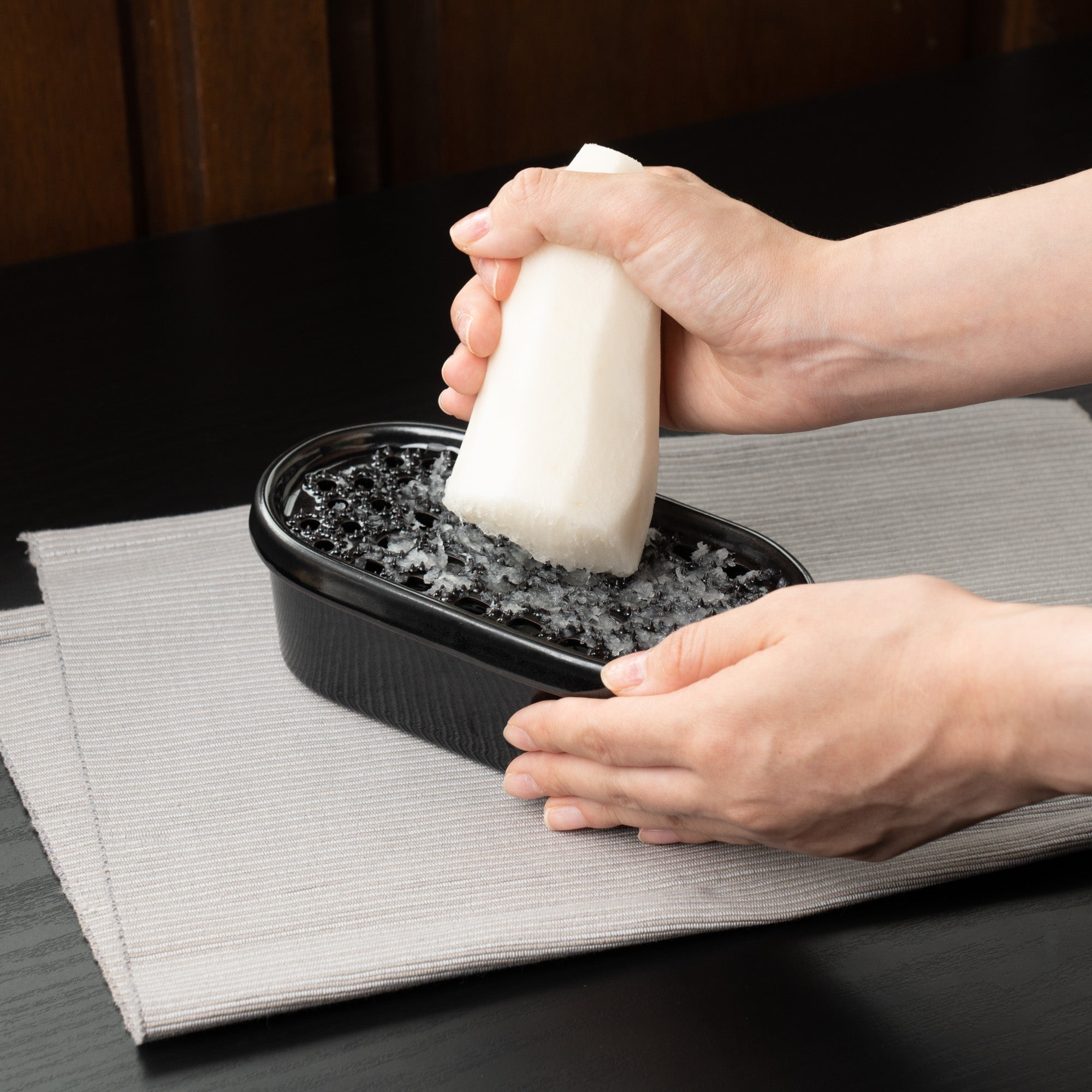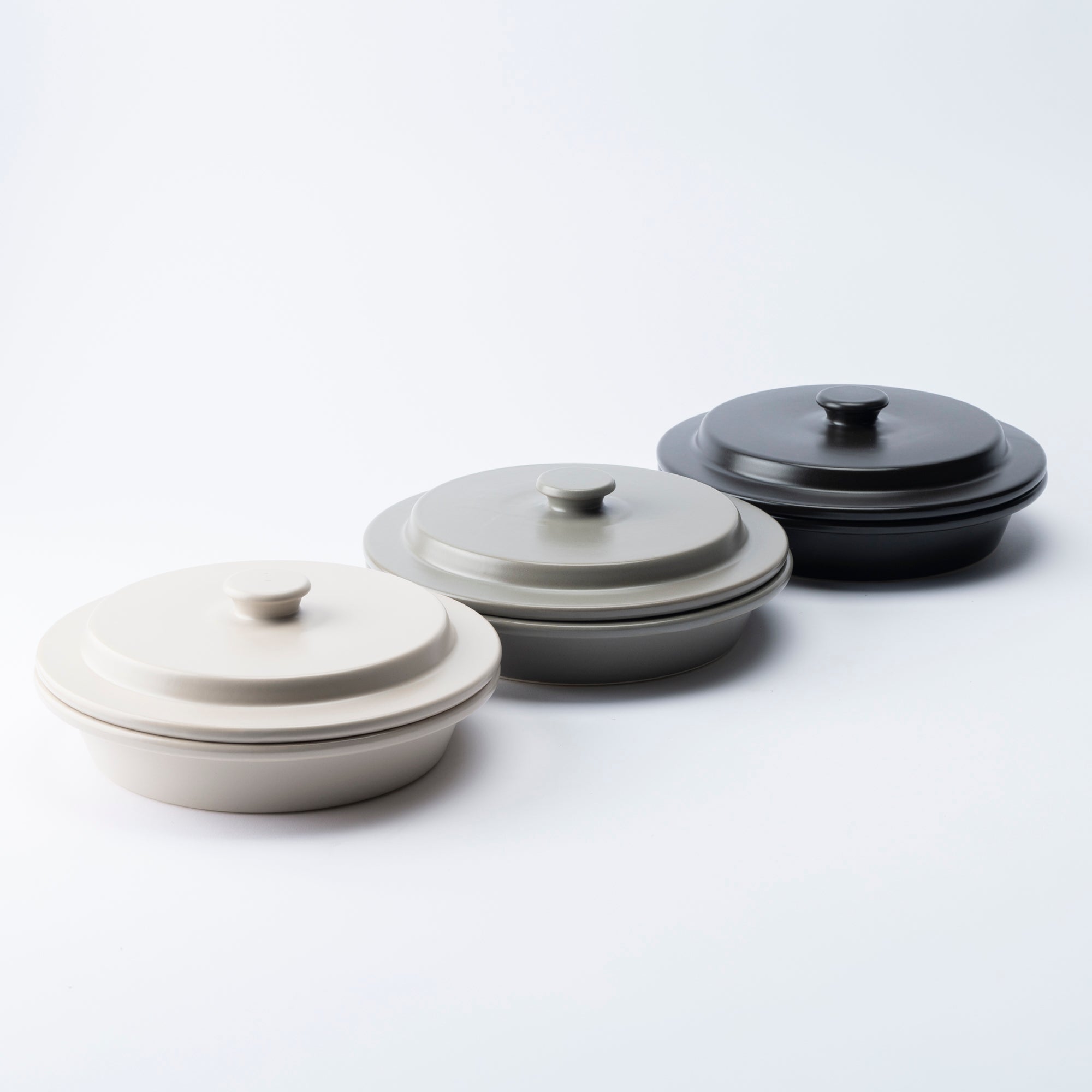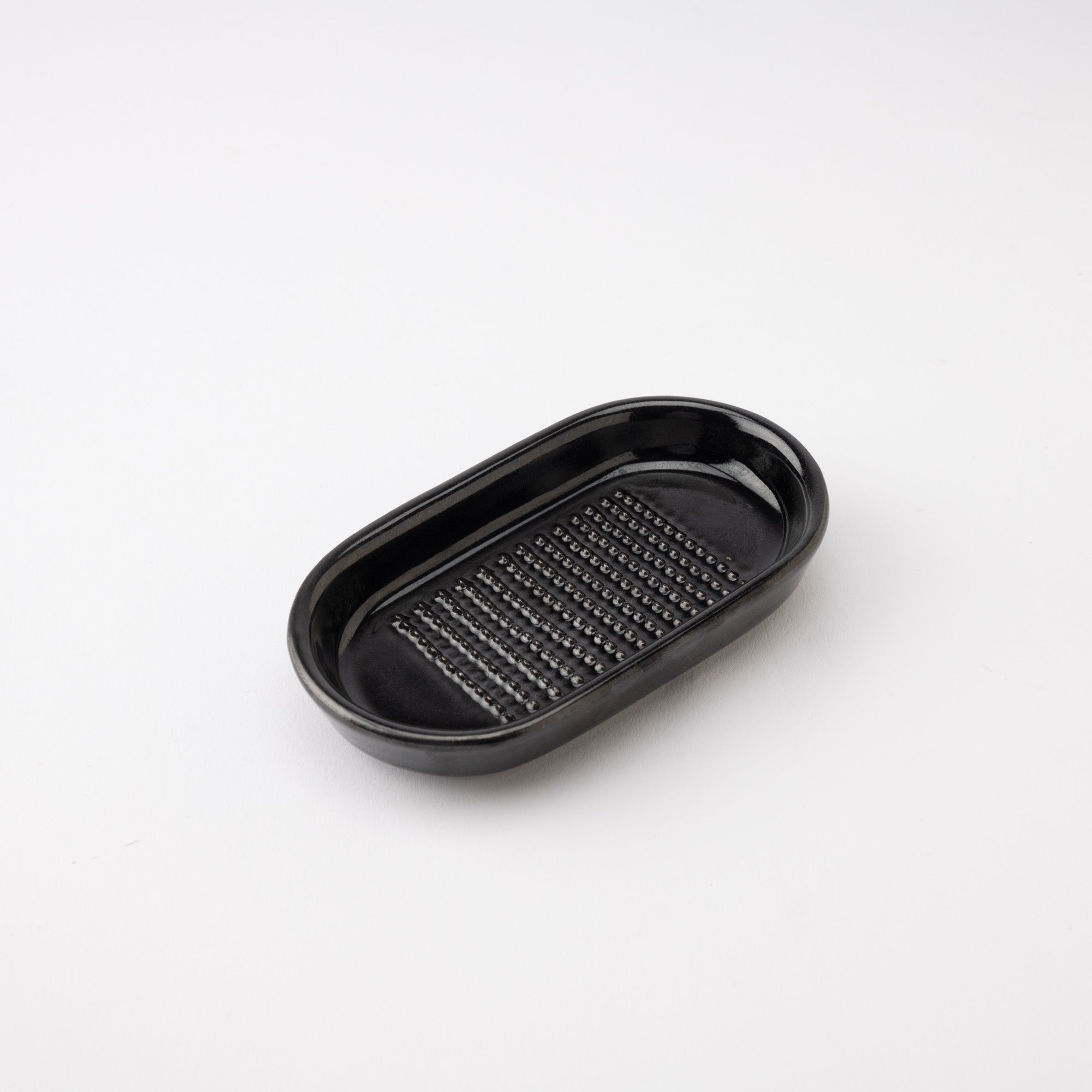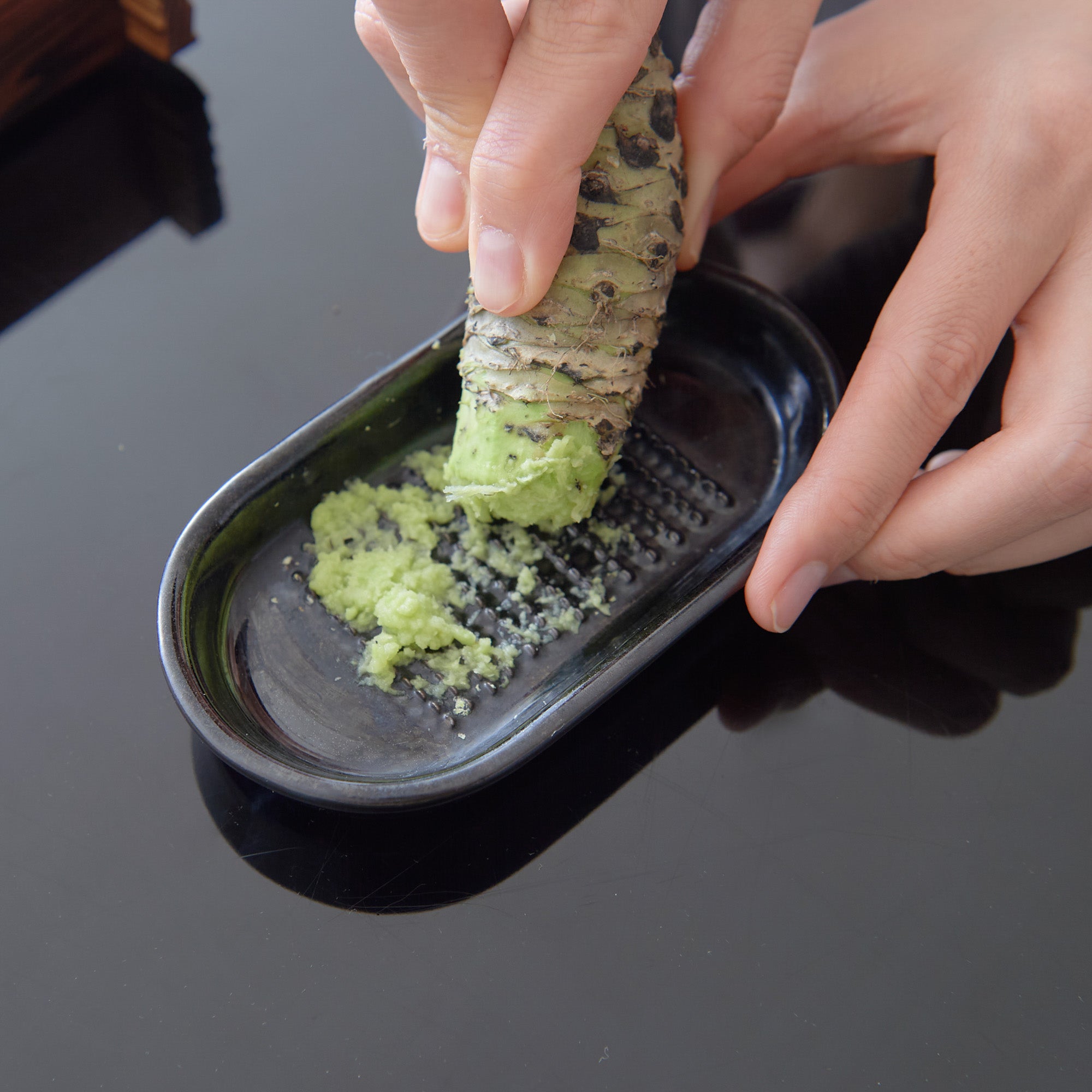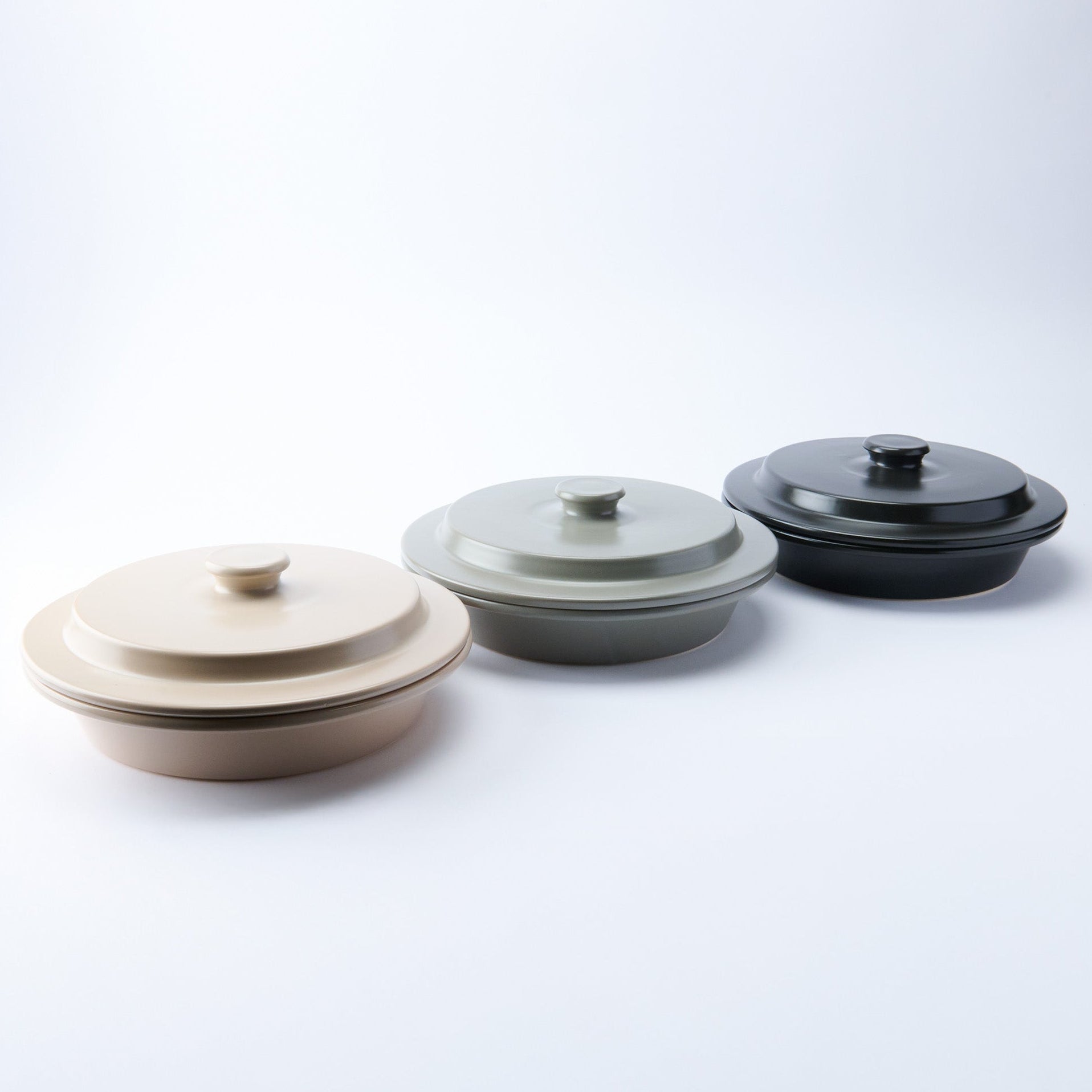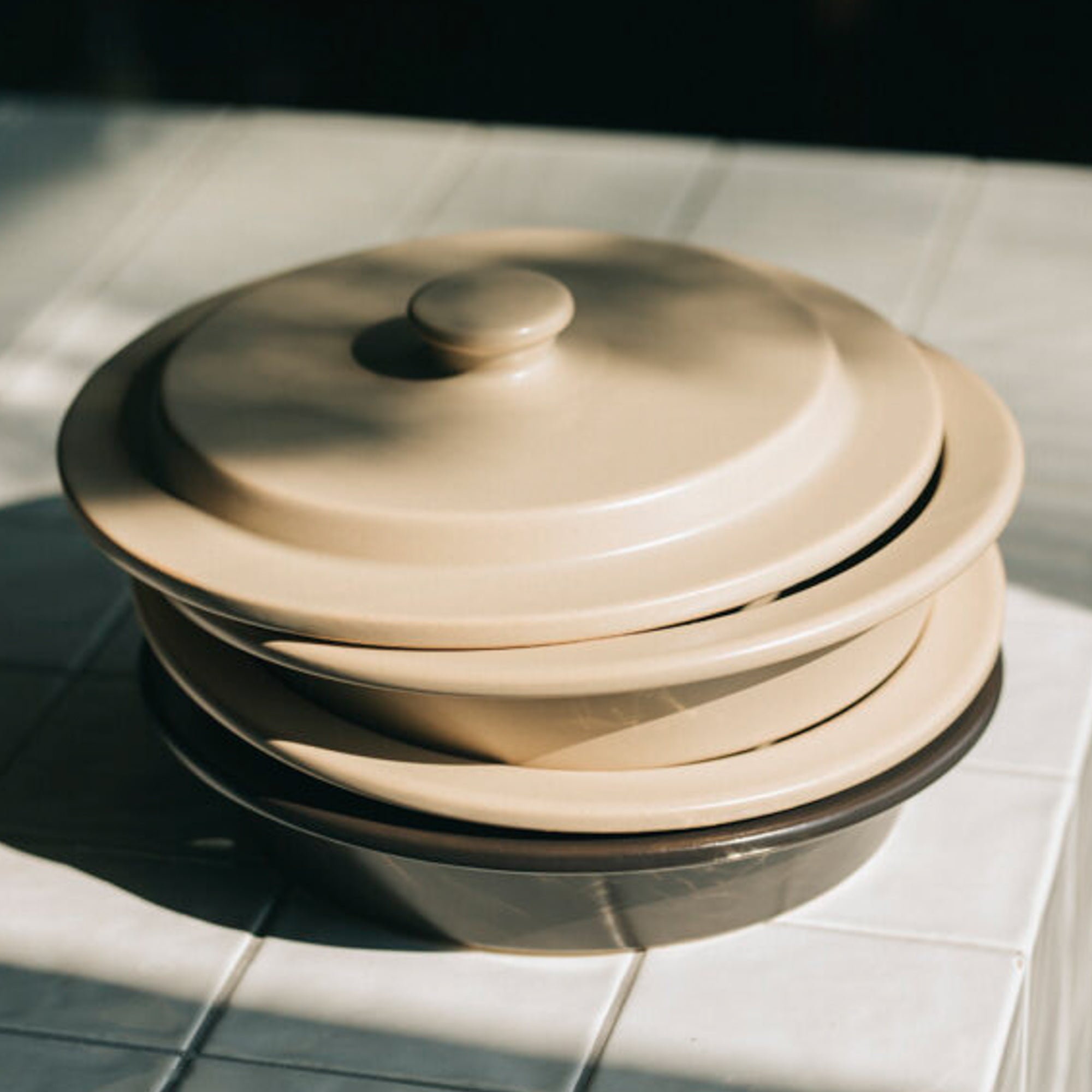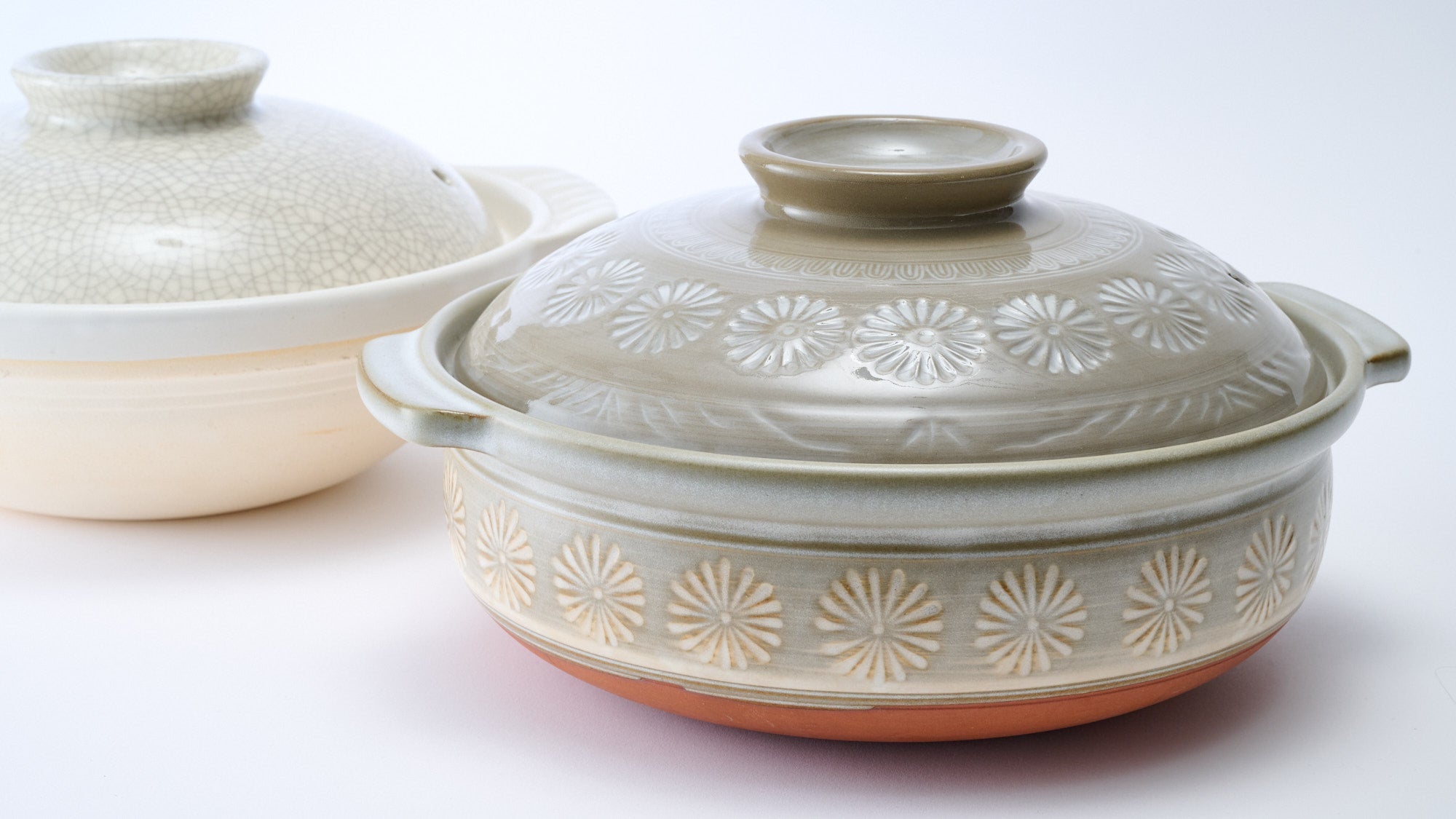
Yokkaichi Banko ware
Yokkaichi Banko ware—commonly known as Banko ware—finds its origins in the crafting of ceramics ranging from everyday tableware to flower vases. Today, it is best known for its donabe, or Japanese clay pots, valued for their durability and excellent heat retention. Around 80 percent of all donabe produced in Japan are Banko ware, making them an essential tool for home-cooked meals.
Banko ware originated in the mid-Edo period (1603–1868 CE), when a cultured tea enthusiast named Nunami Rozan began crafting tea utensils in what is now Kuwana, Mie Prefecture. Rozan stamped his works with the phrase banko fueki, meaning “eternal and unchanging.” The word Banko, derived from this phrase, later gave its name to Banko ware.
During the Meiji era (1868–1912 CE), production moved to the port city of Yokkaichi, where easy access to fuel and transportation allowed the industry to flourish. That enduring spirit lives on today, and in recognition of its cultural and historical value, Banko ware was designated a Traditional Craft by Japan’s Ministry of Economy, Trade and Industry in 1979.
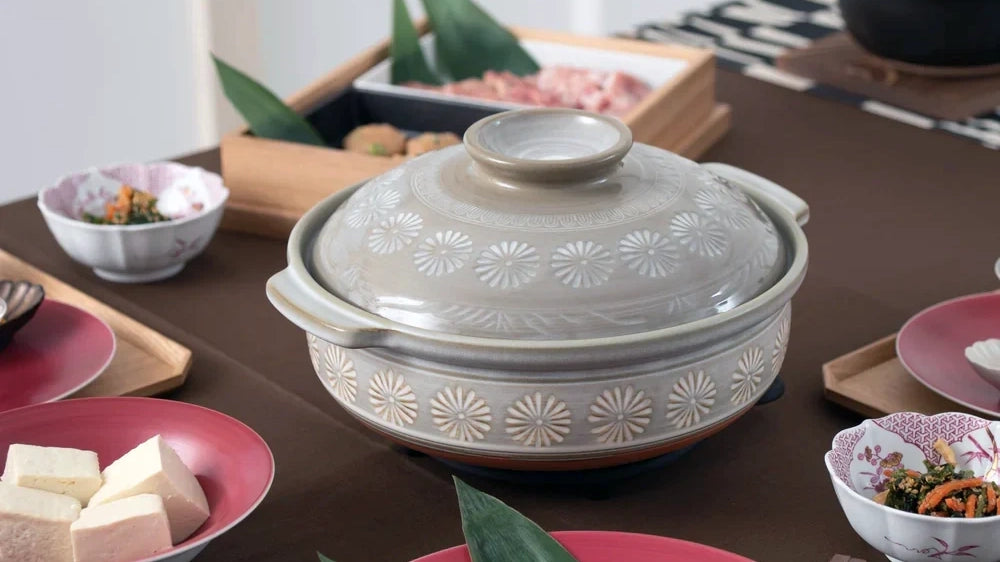
A defining feature of Yokkaichi Banko ware lies in its clay, engineered for exceptional heat resistance. Used in traditional Japanese ceramic cookware, this clay contains about 40 percent petalite, a lithium-rich mineral that provides remarkable durability and stability.
Designed to perform reliably over direct heat sources such as gas stoves and charcoal fires, Banko ware clay pots can withstand high temperatures and sudden changes in heat without cracking. This strength has long made them a trusted choice for everyday cooking in Japan.

Related posts
Filters


